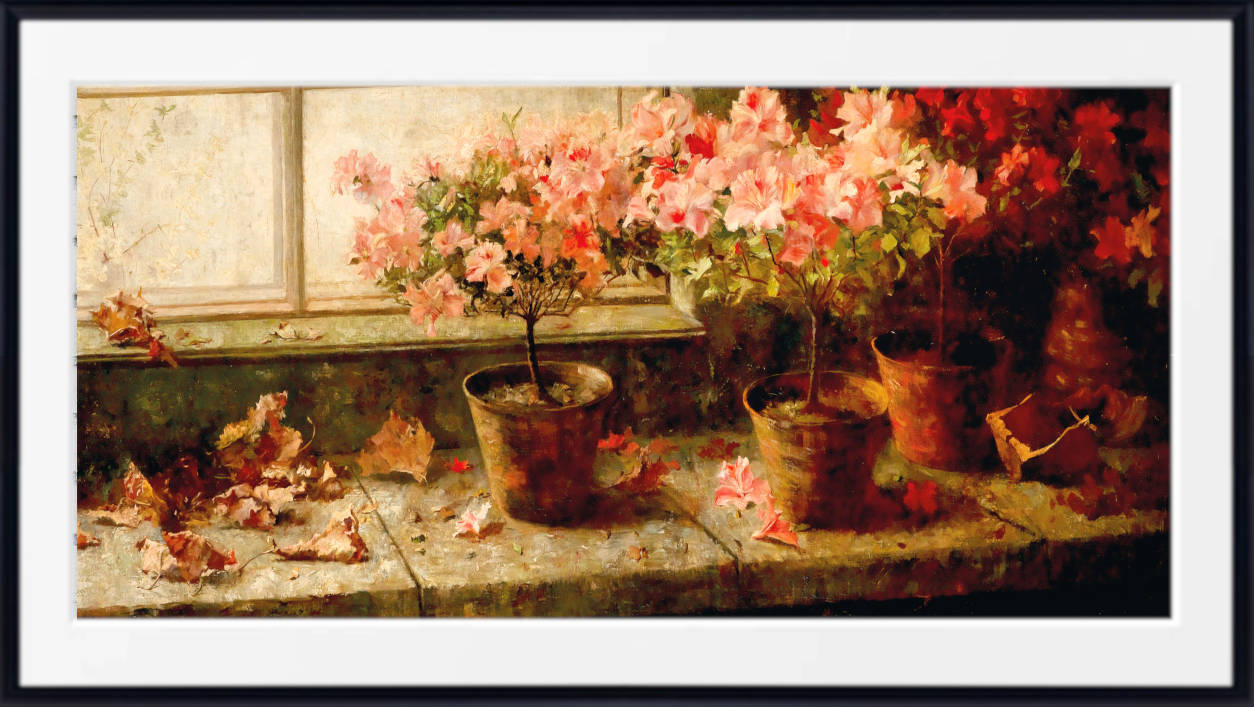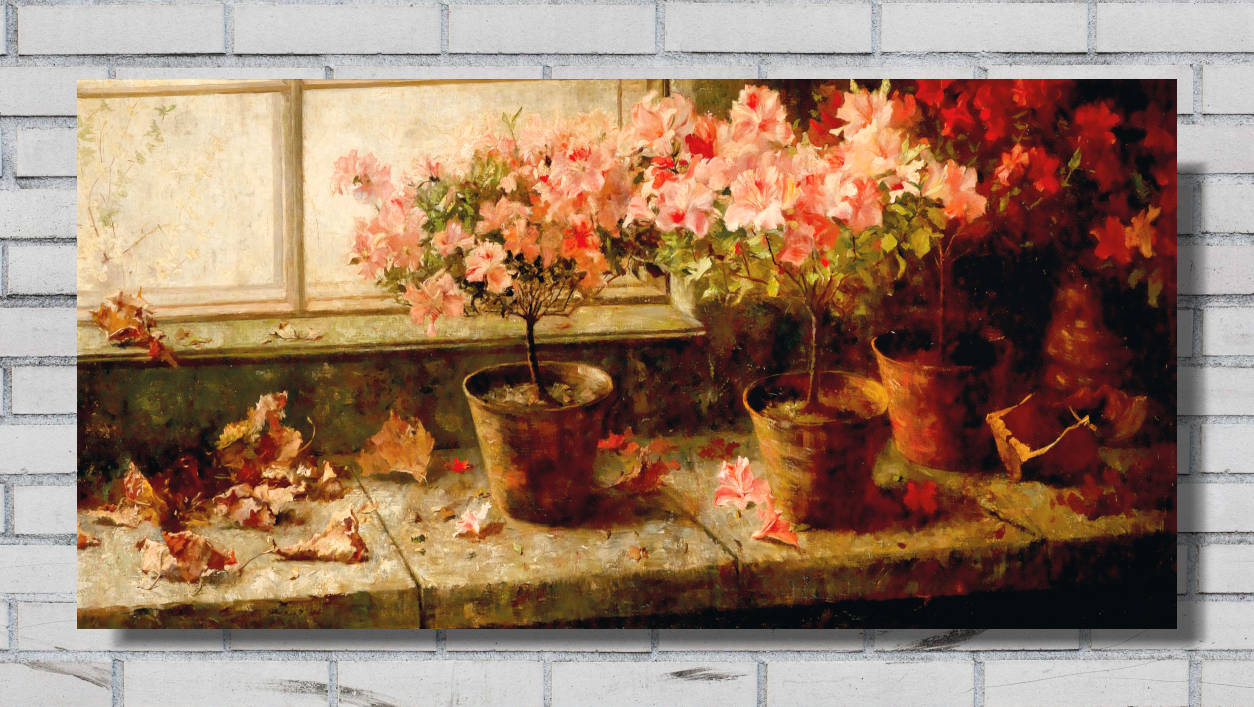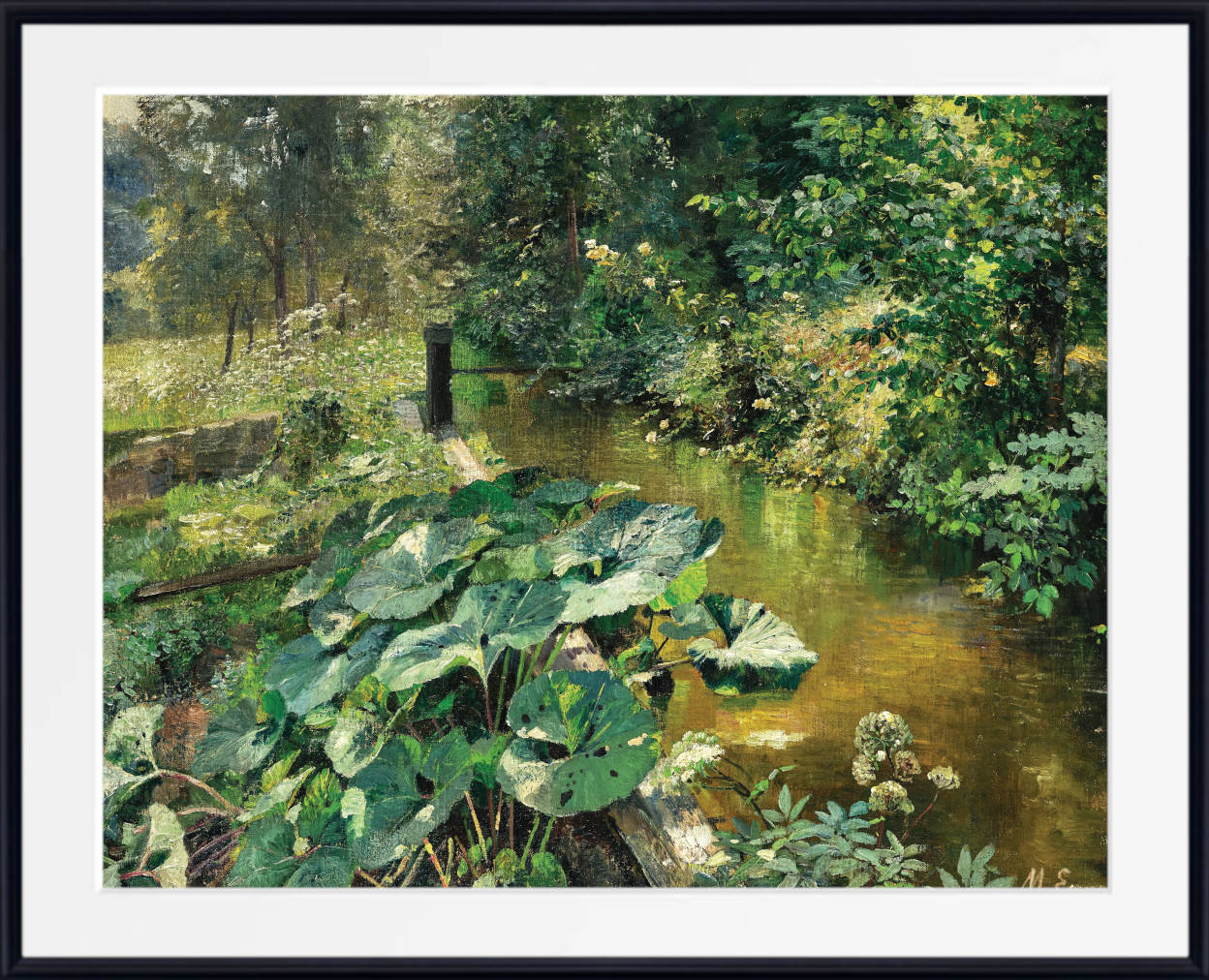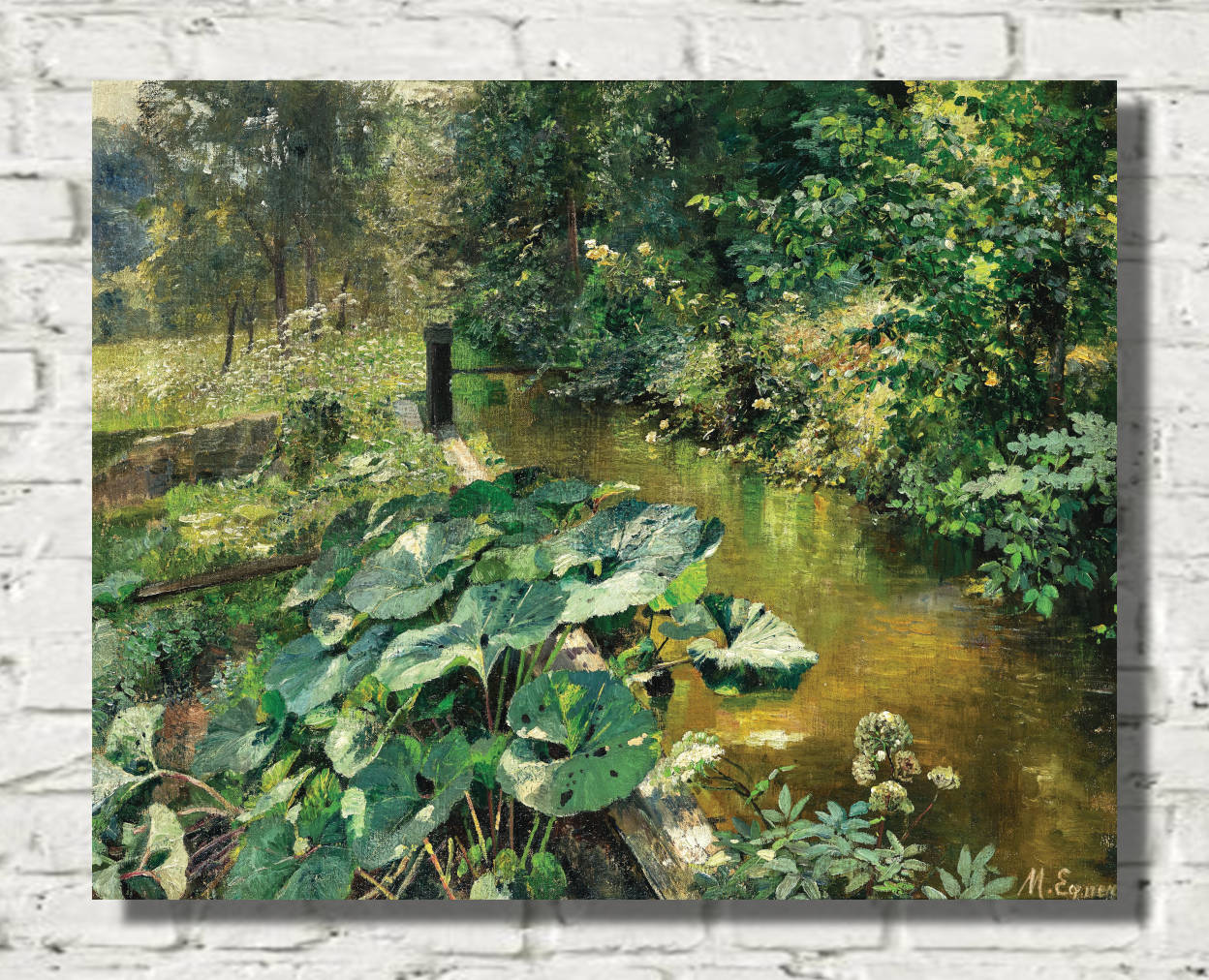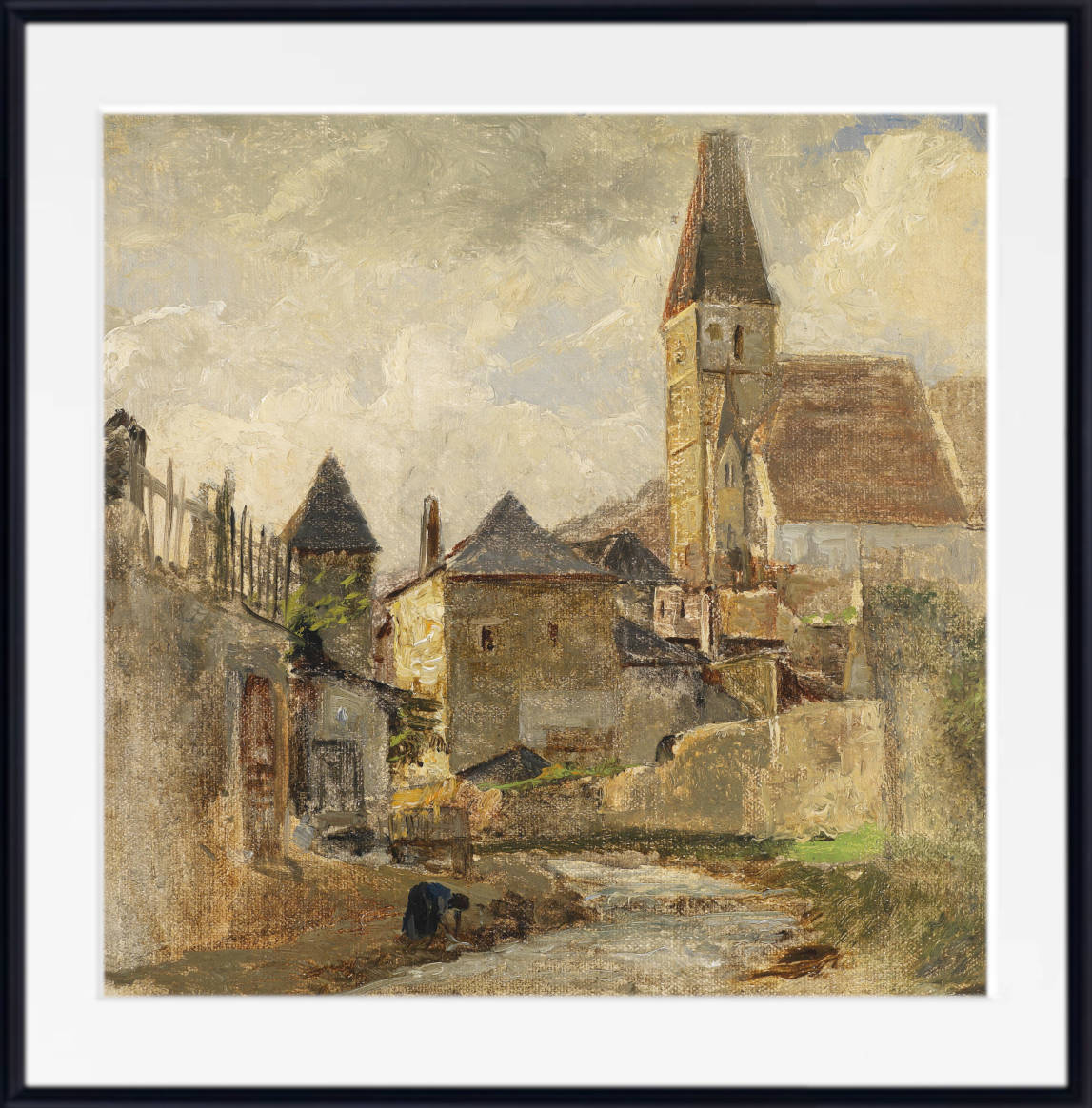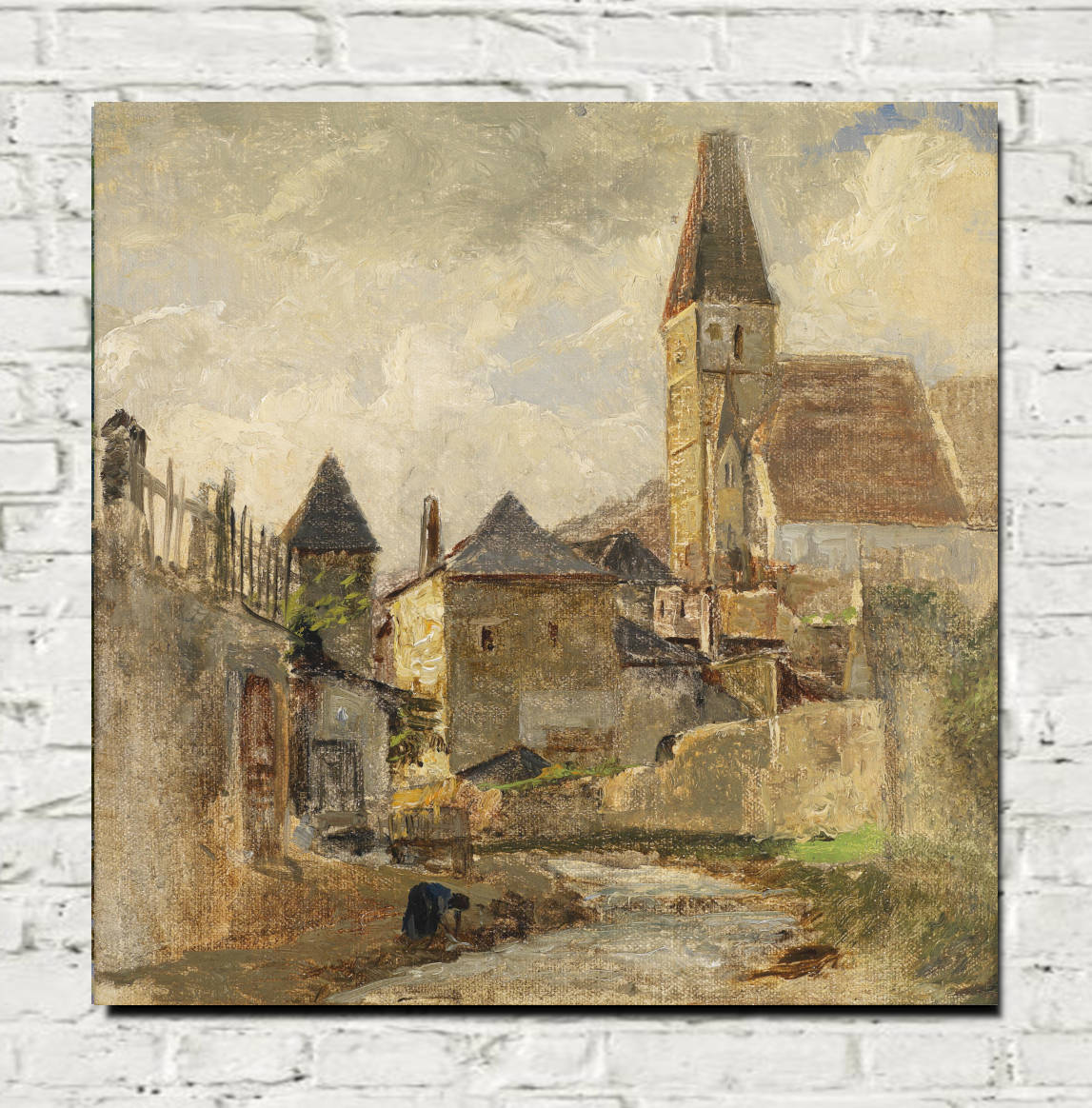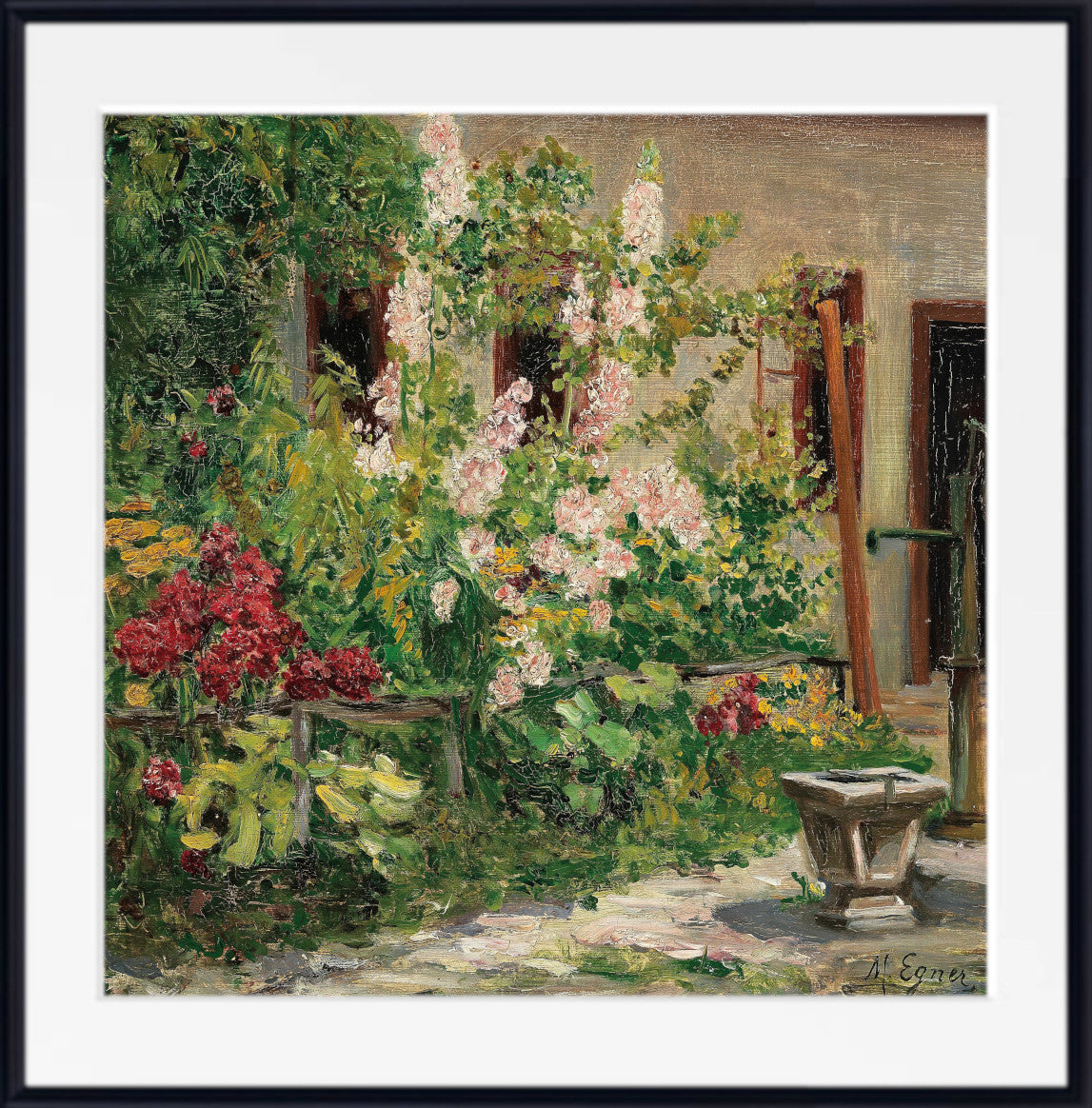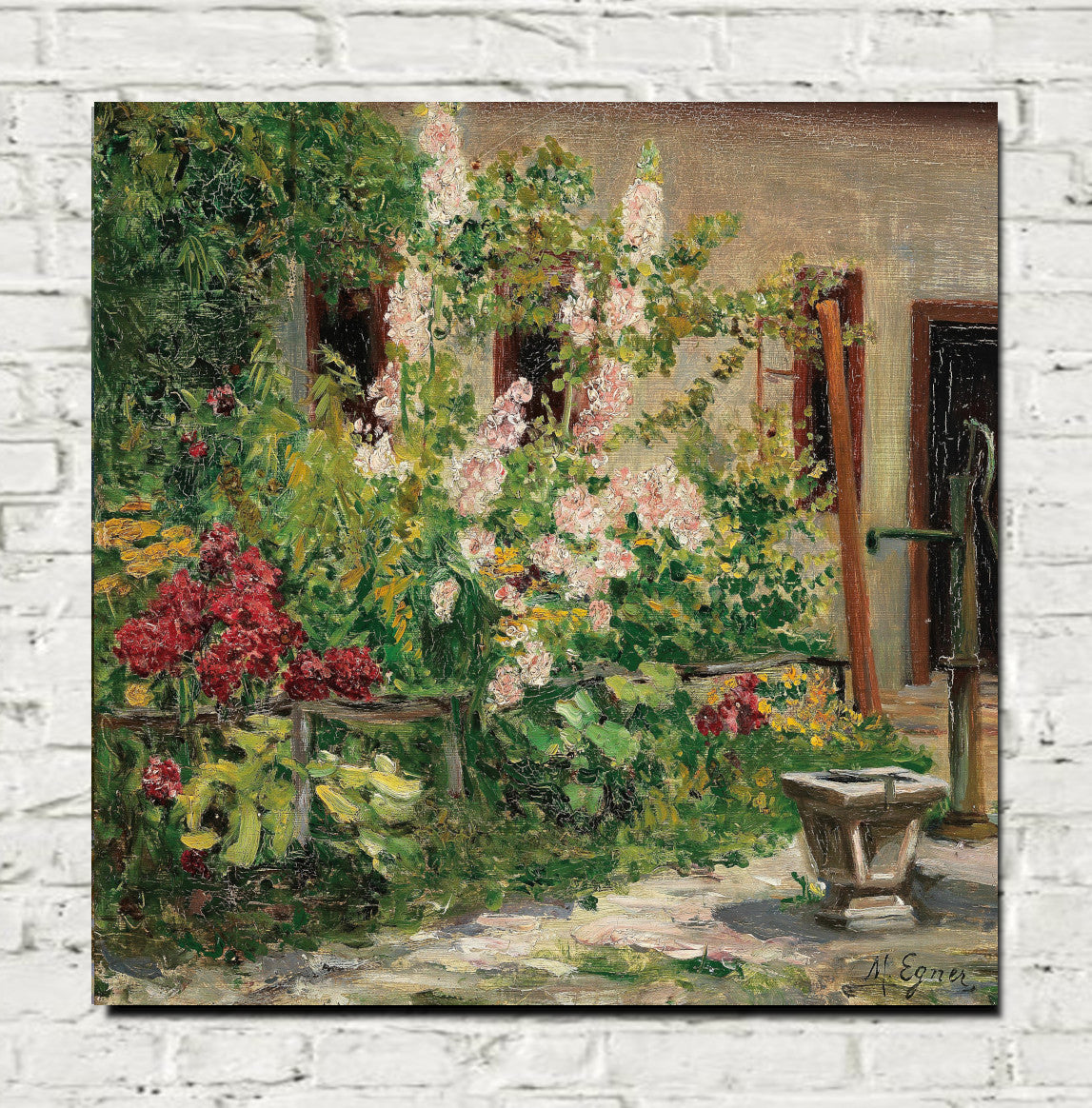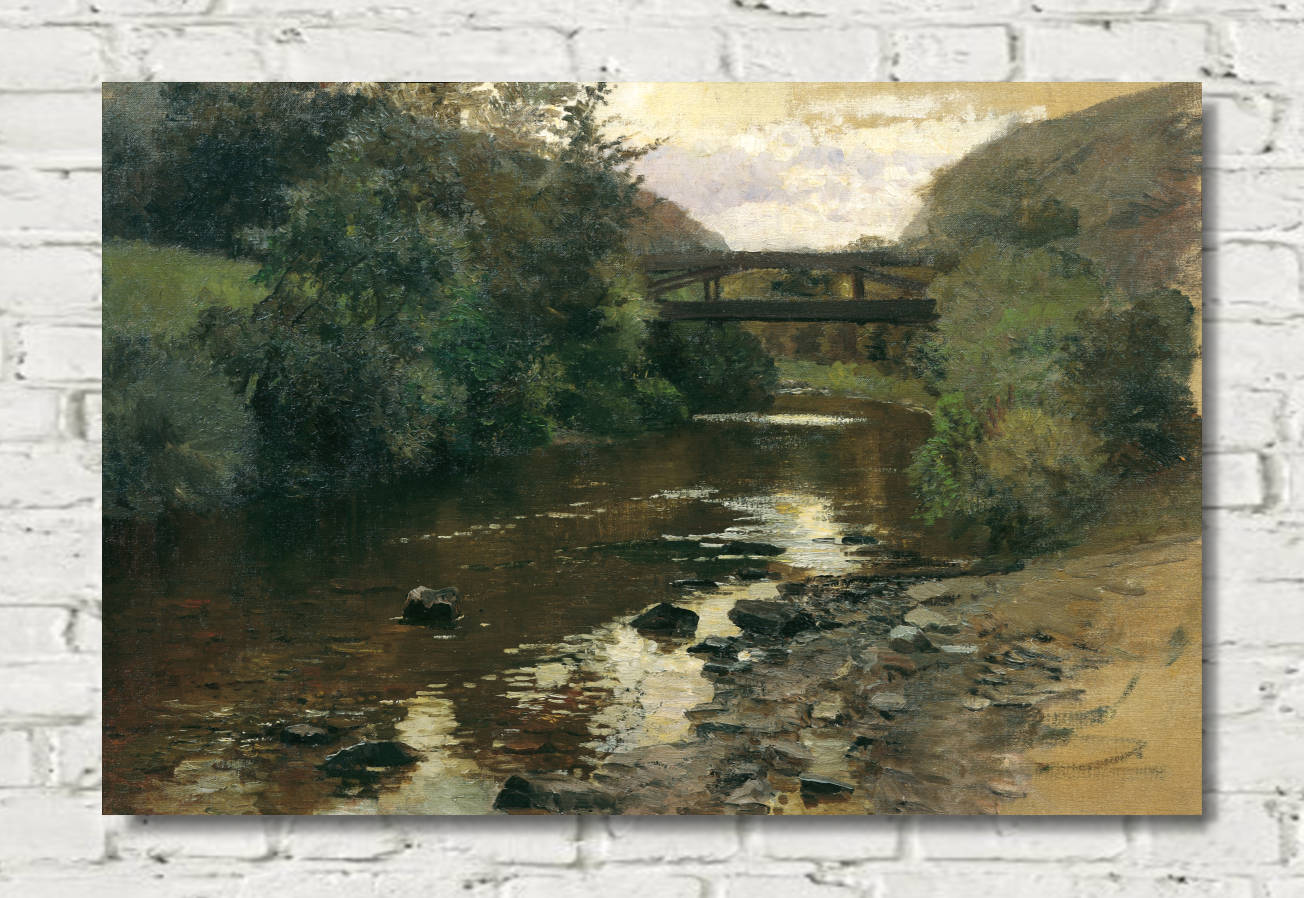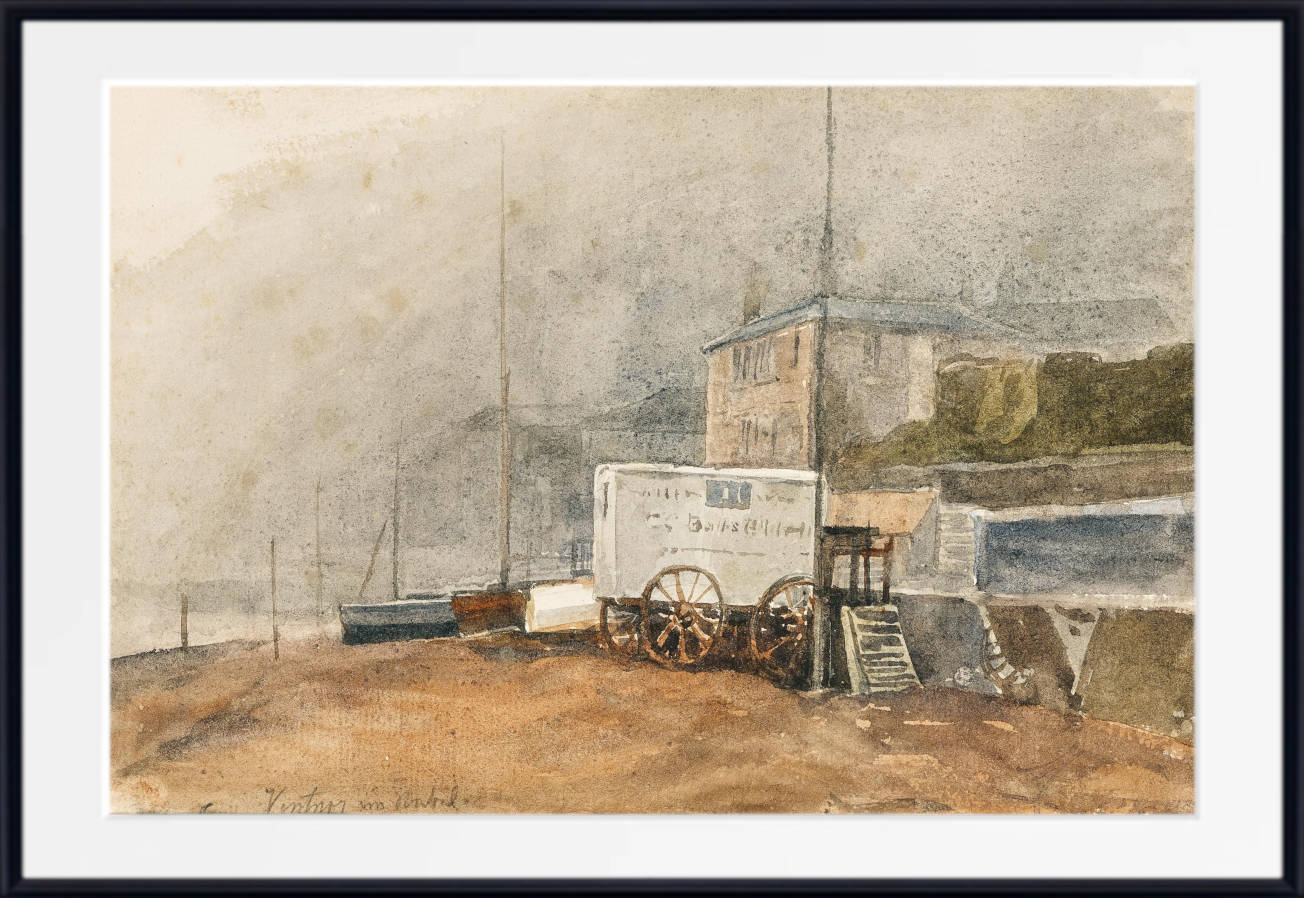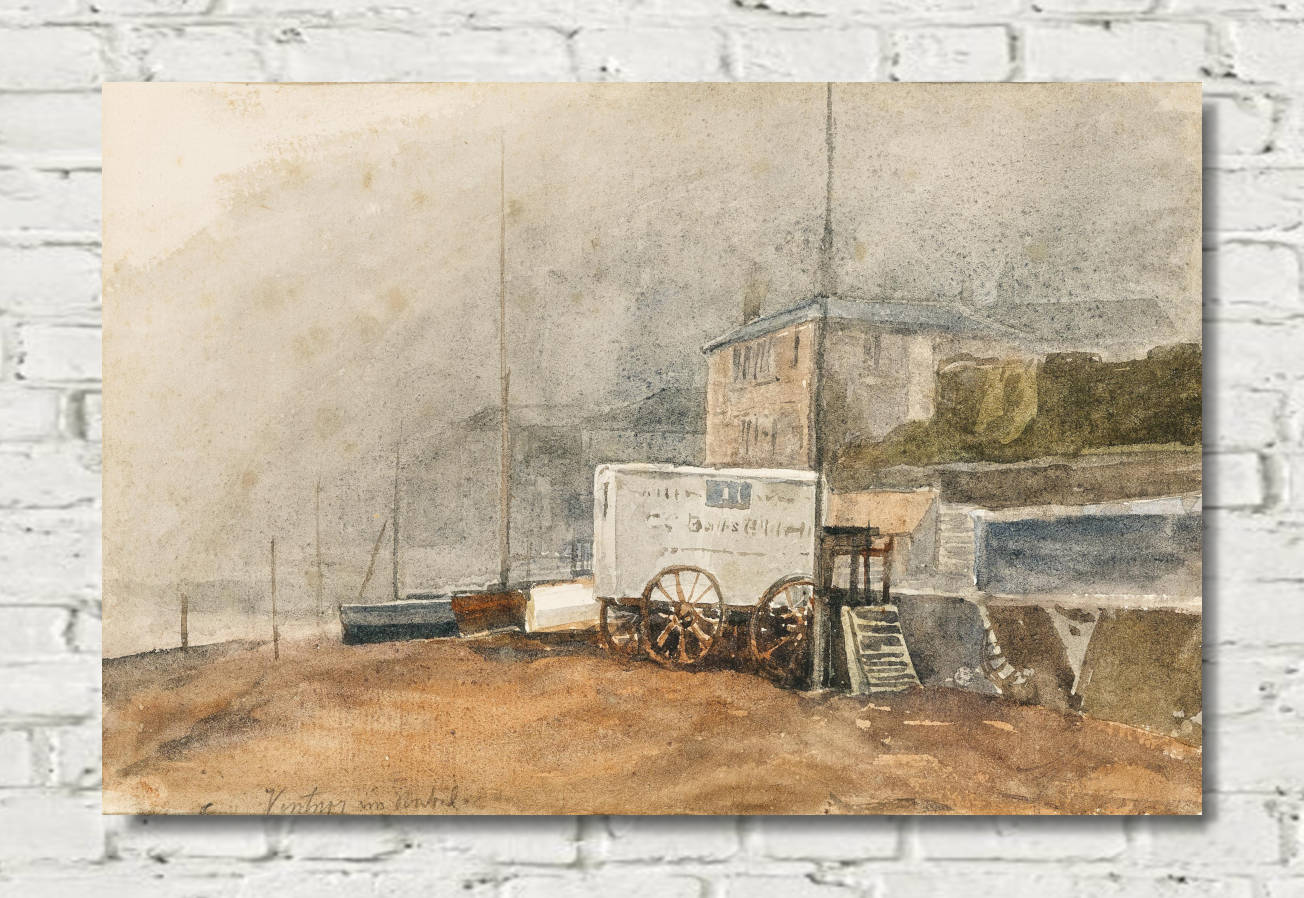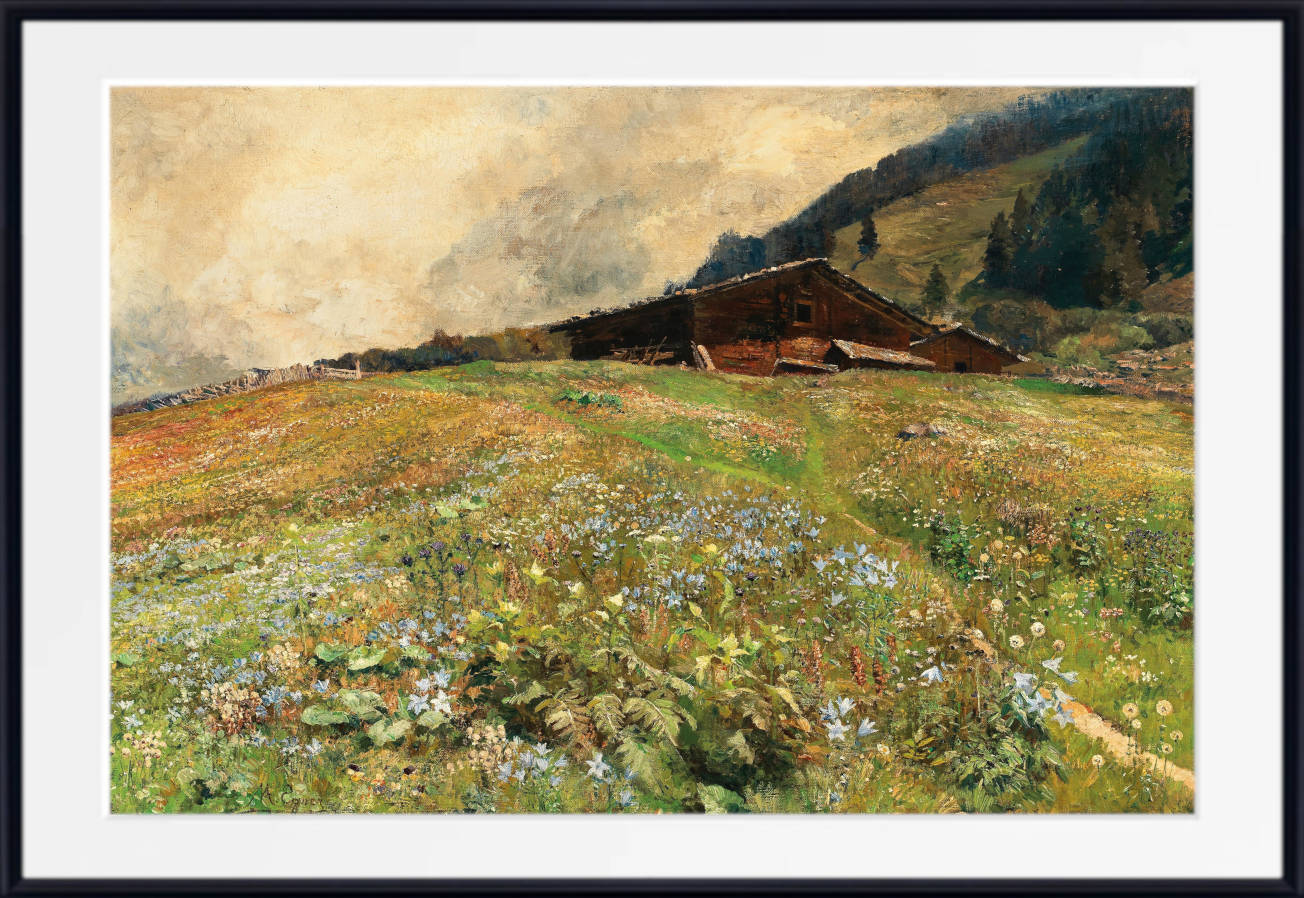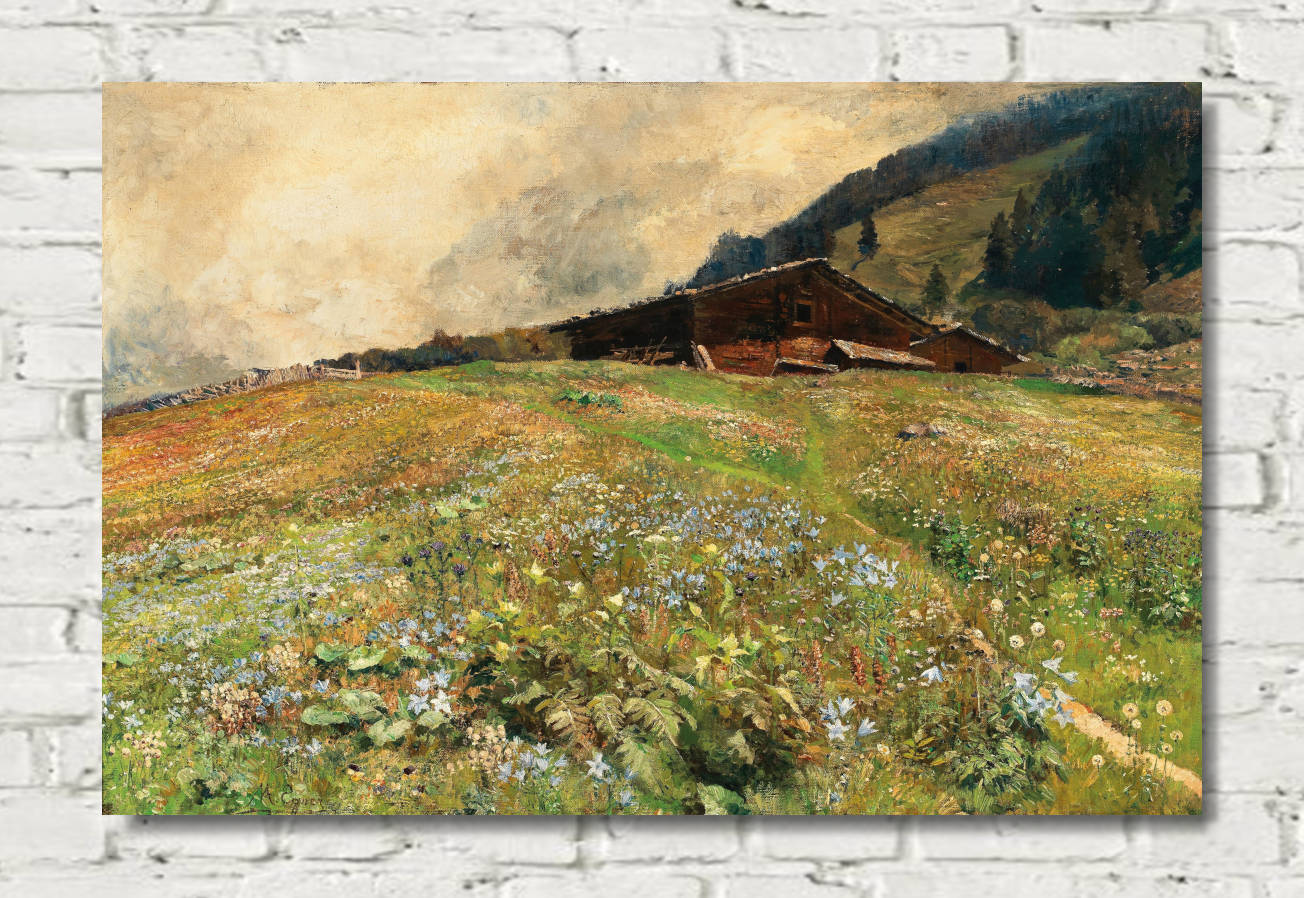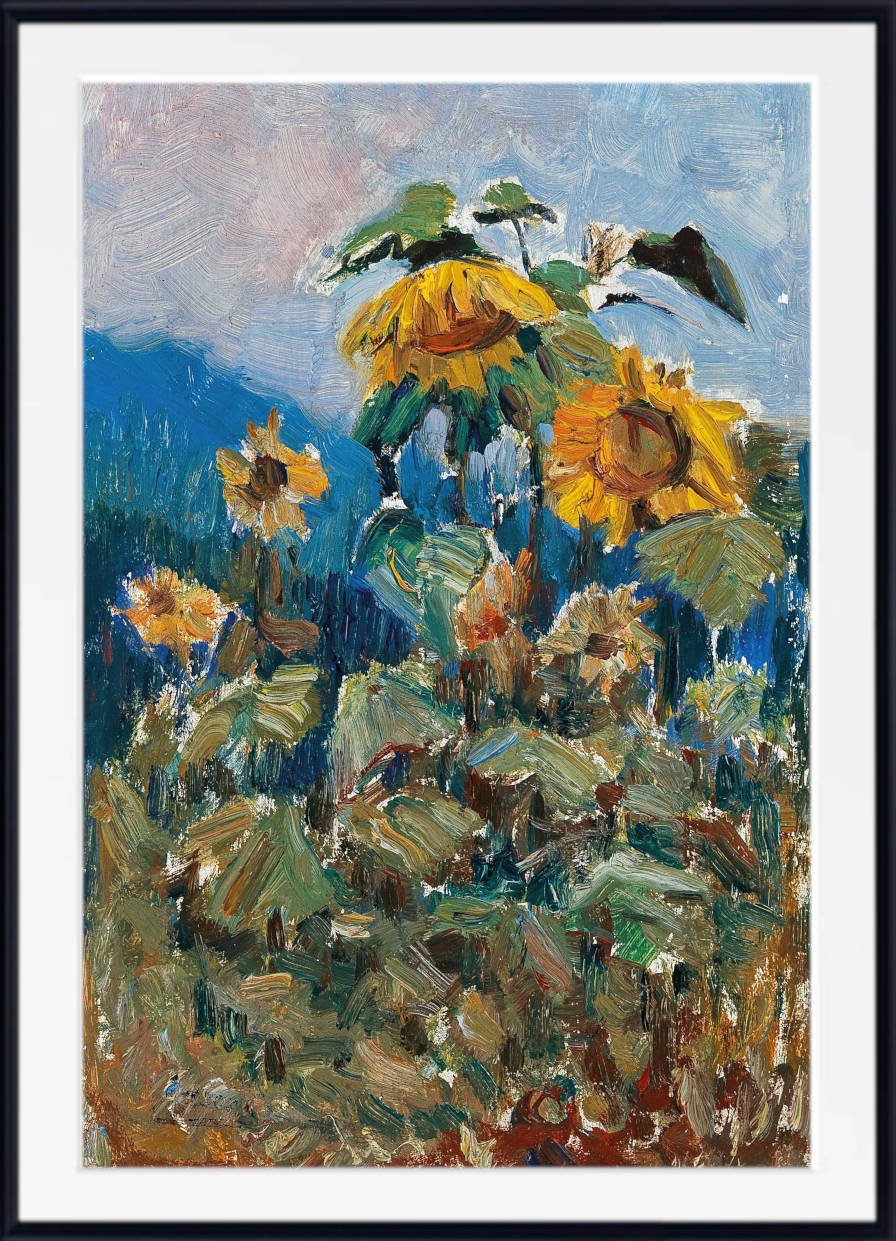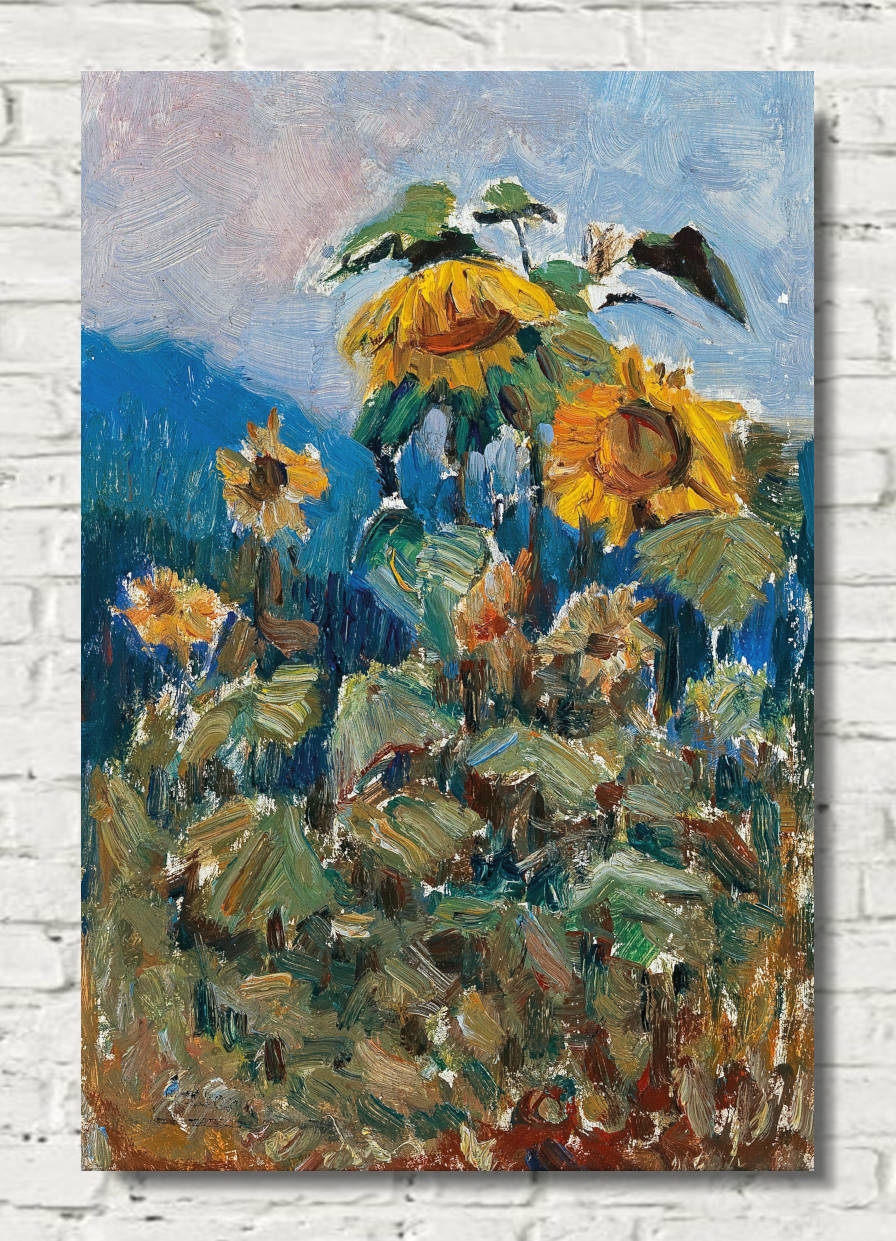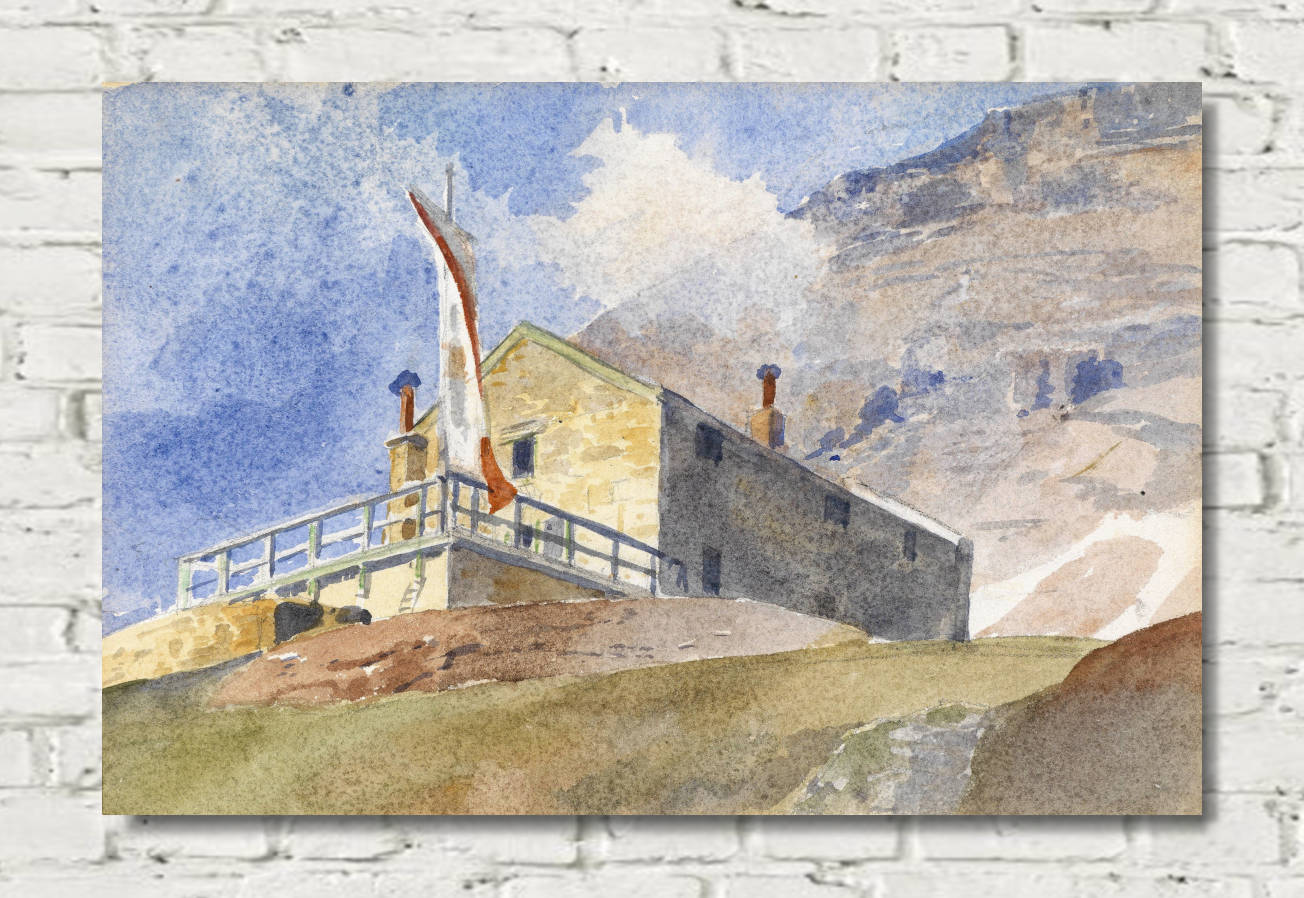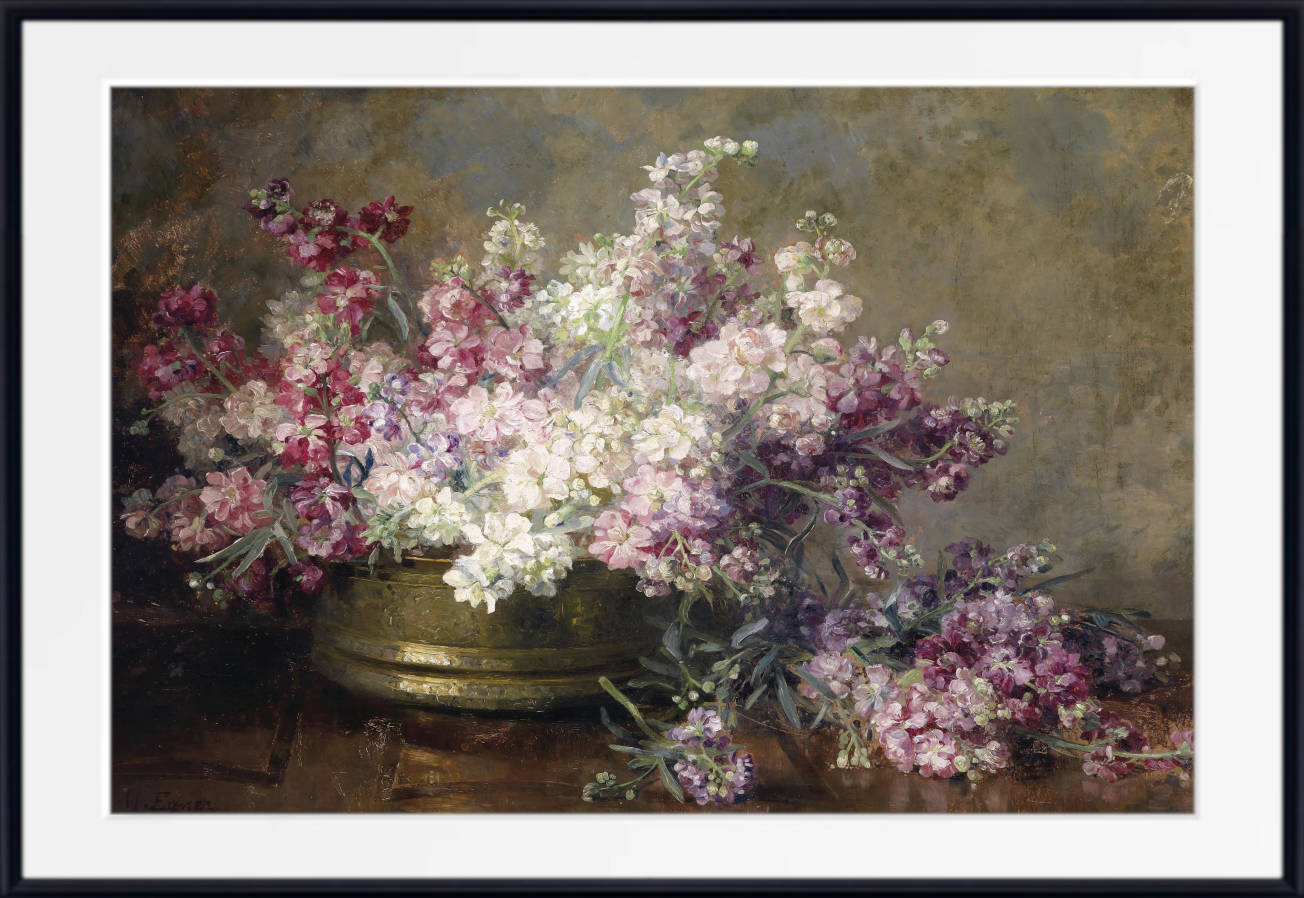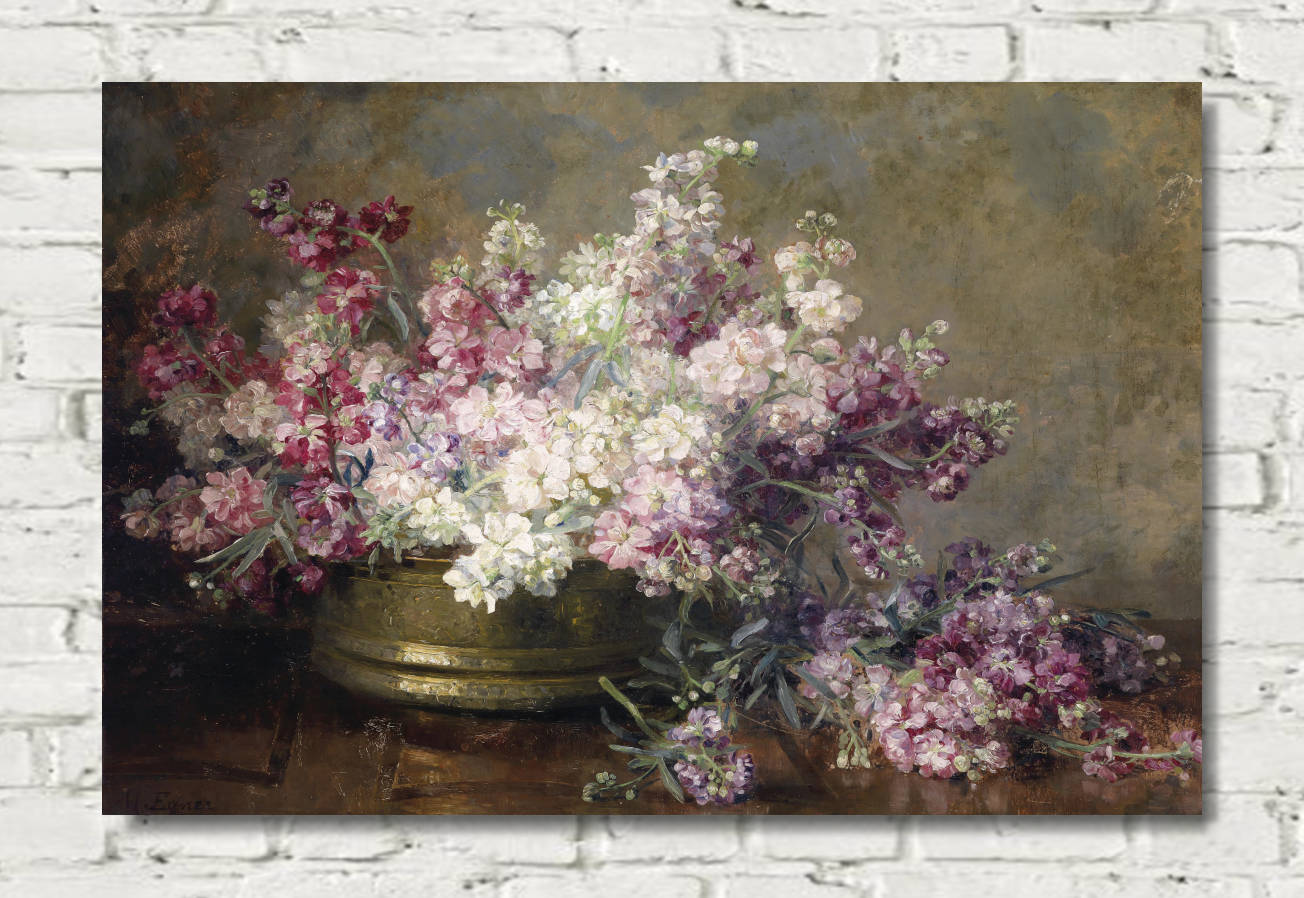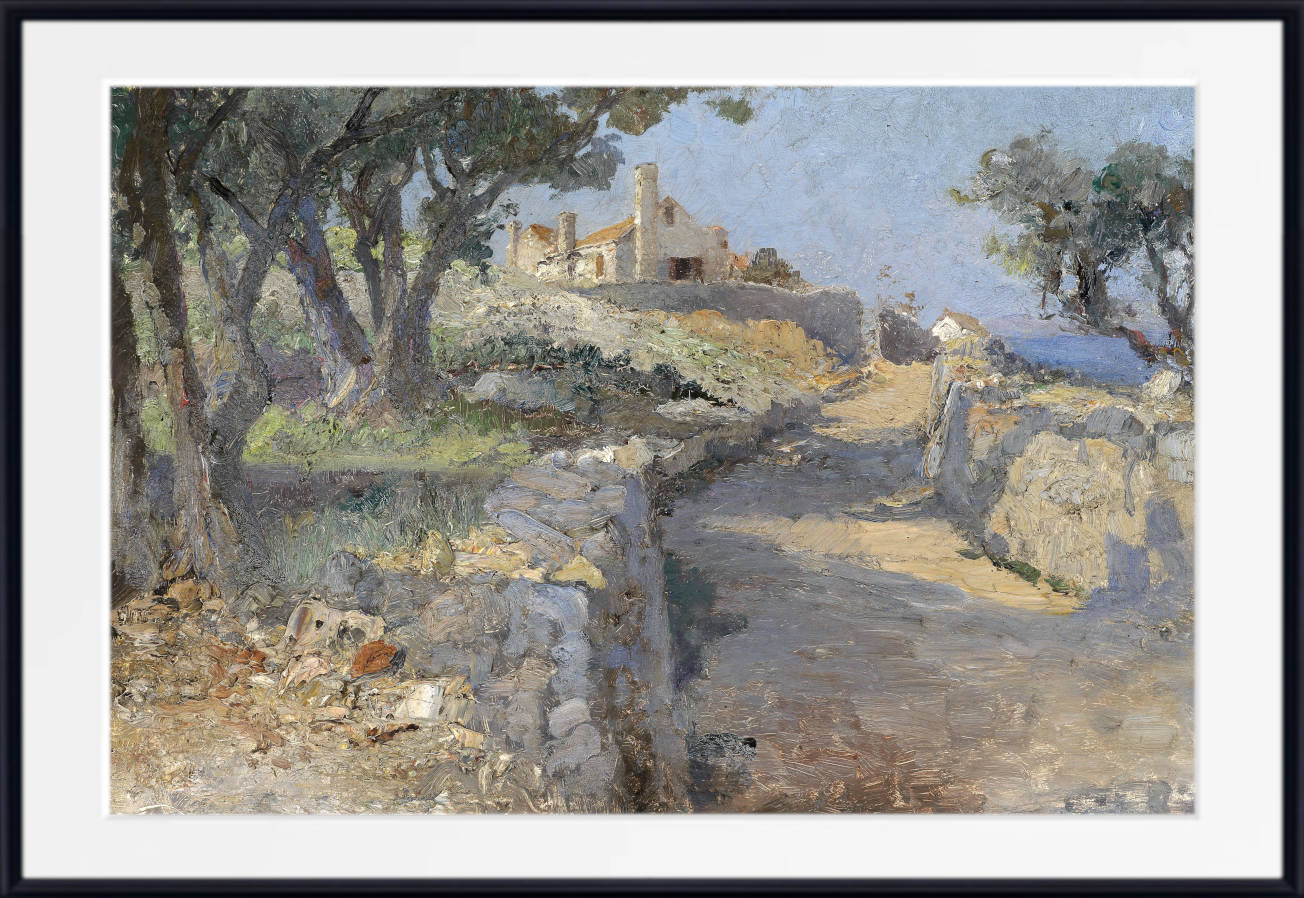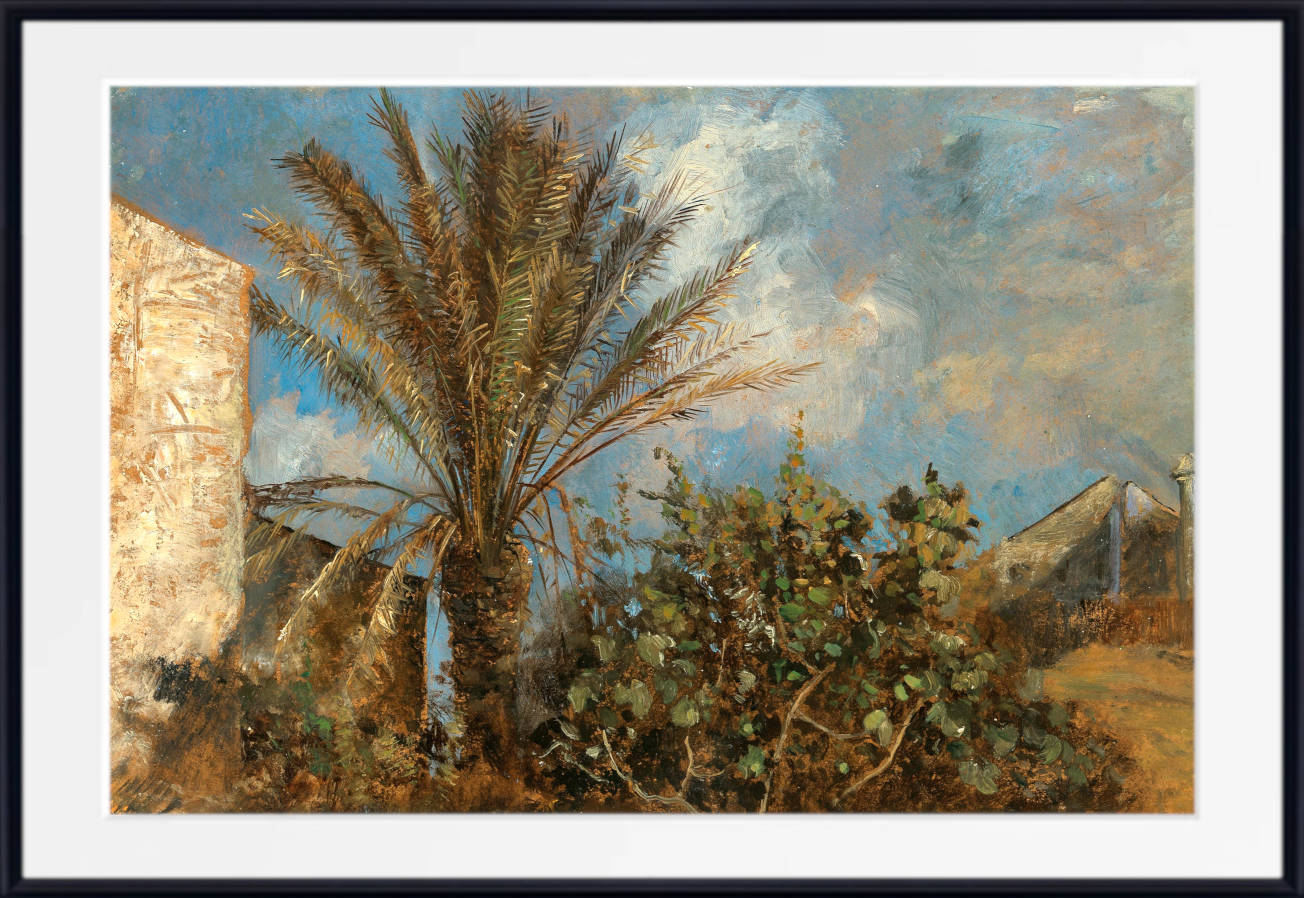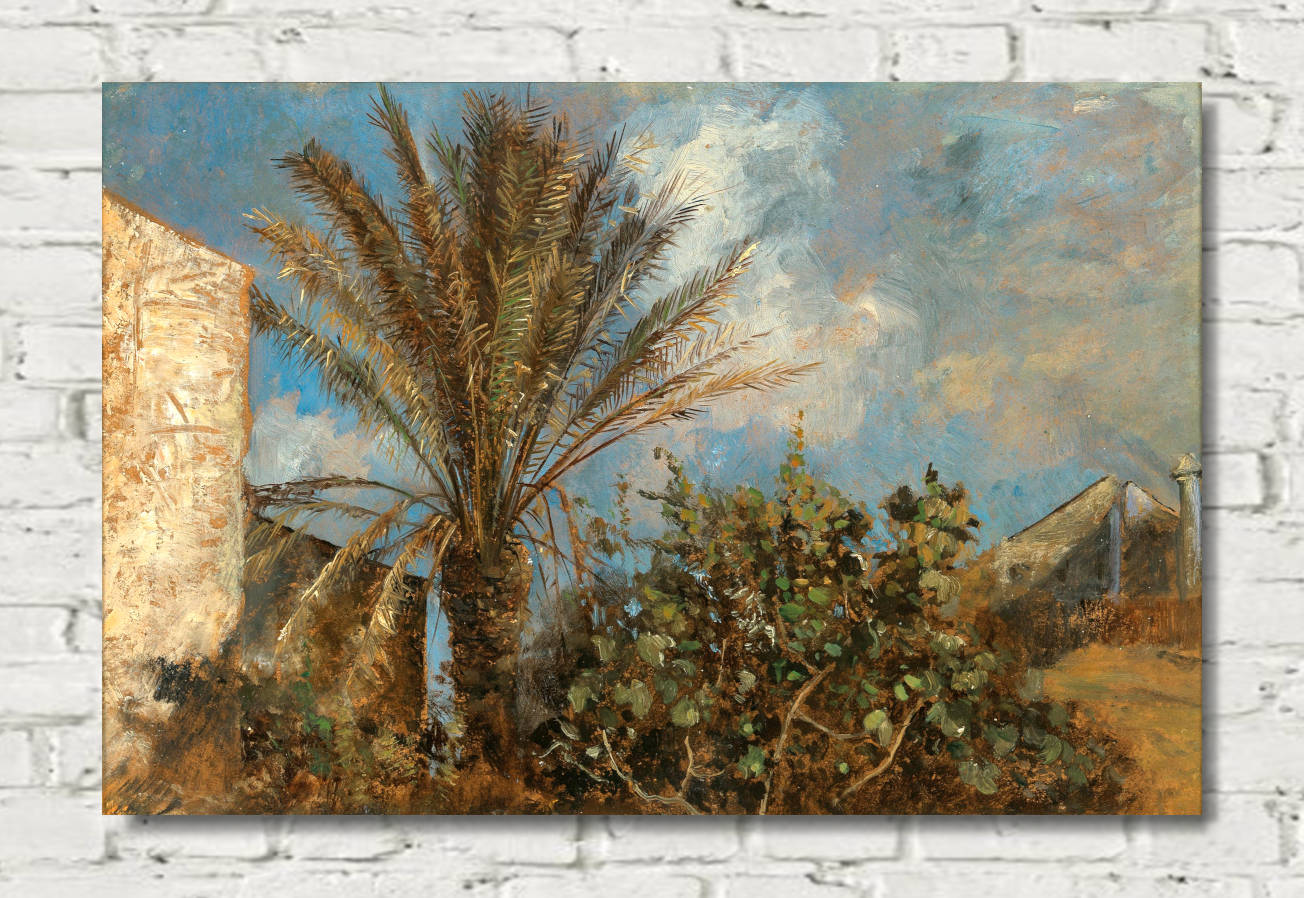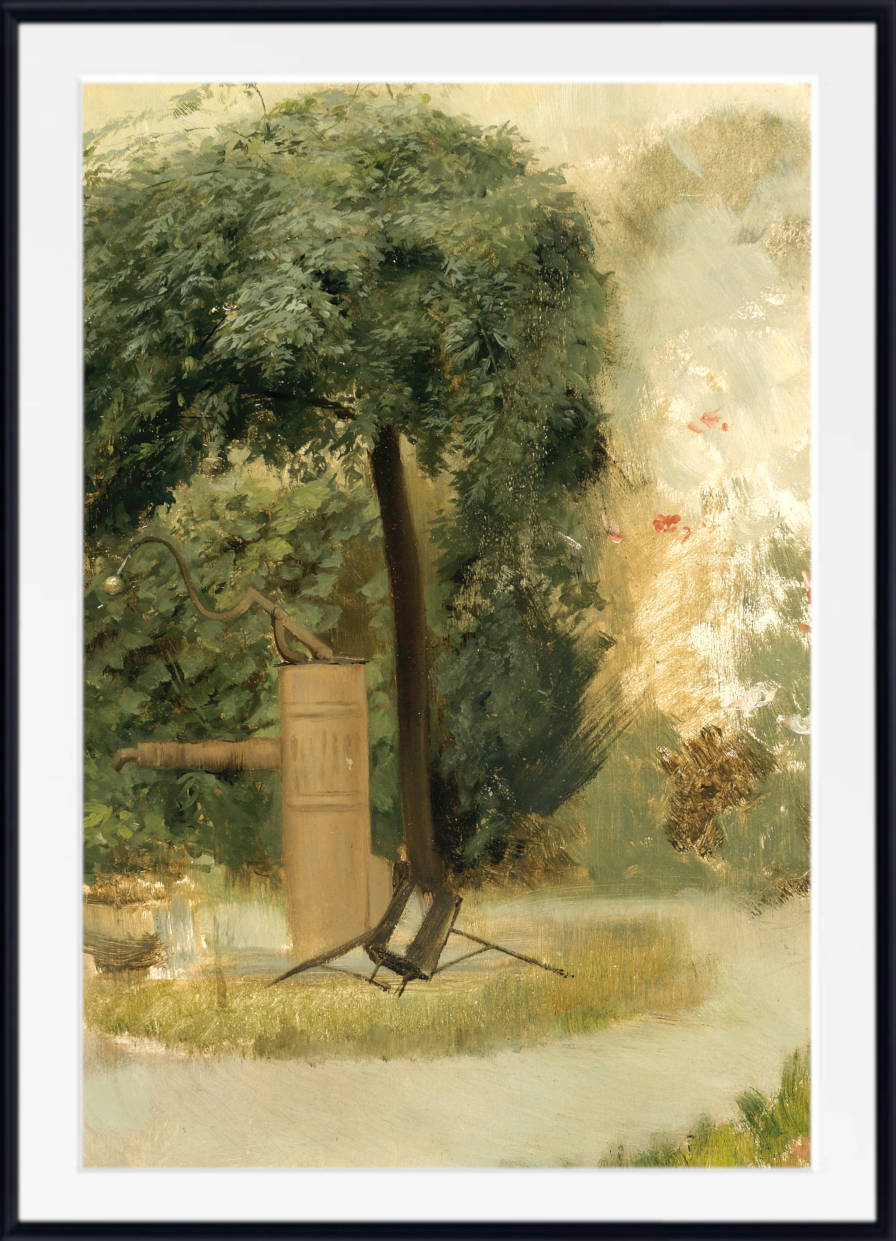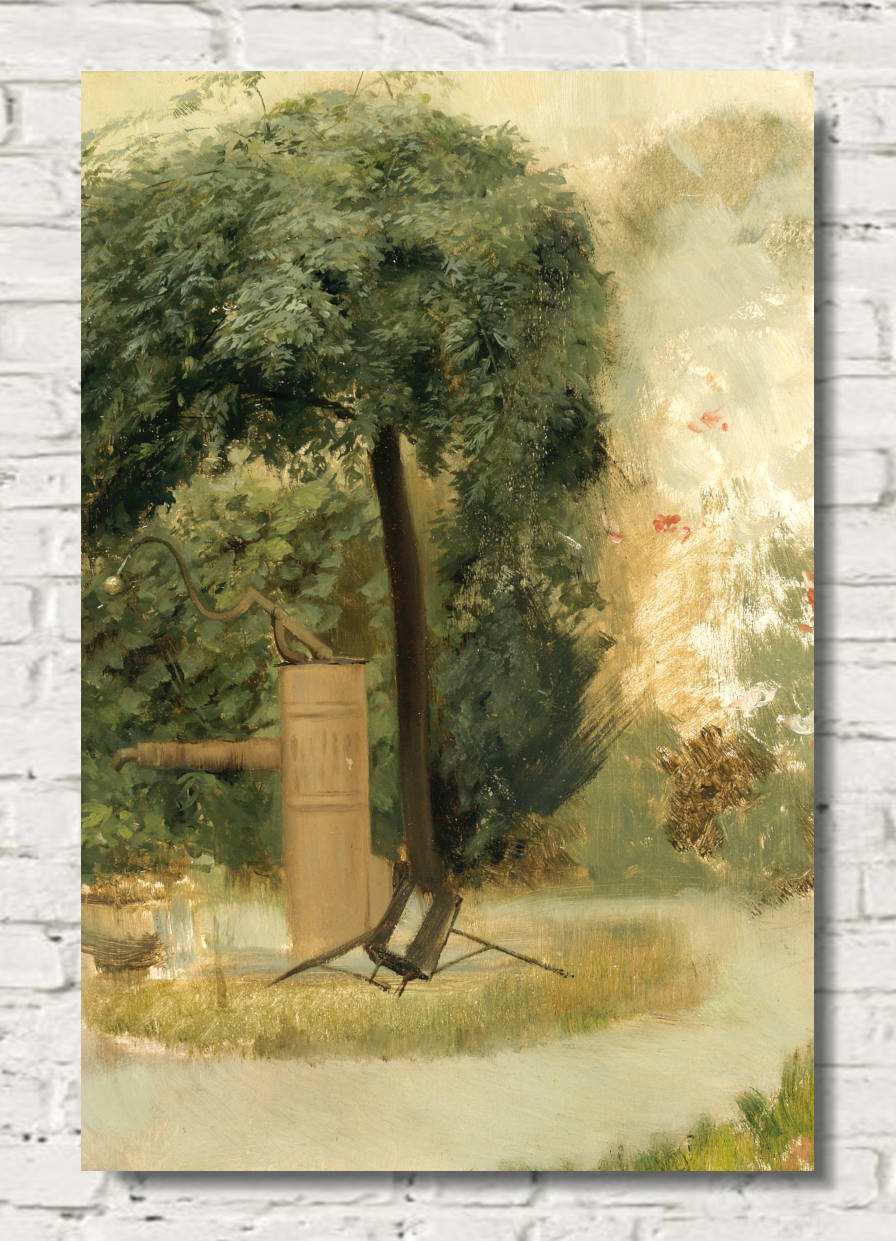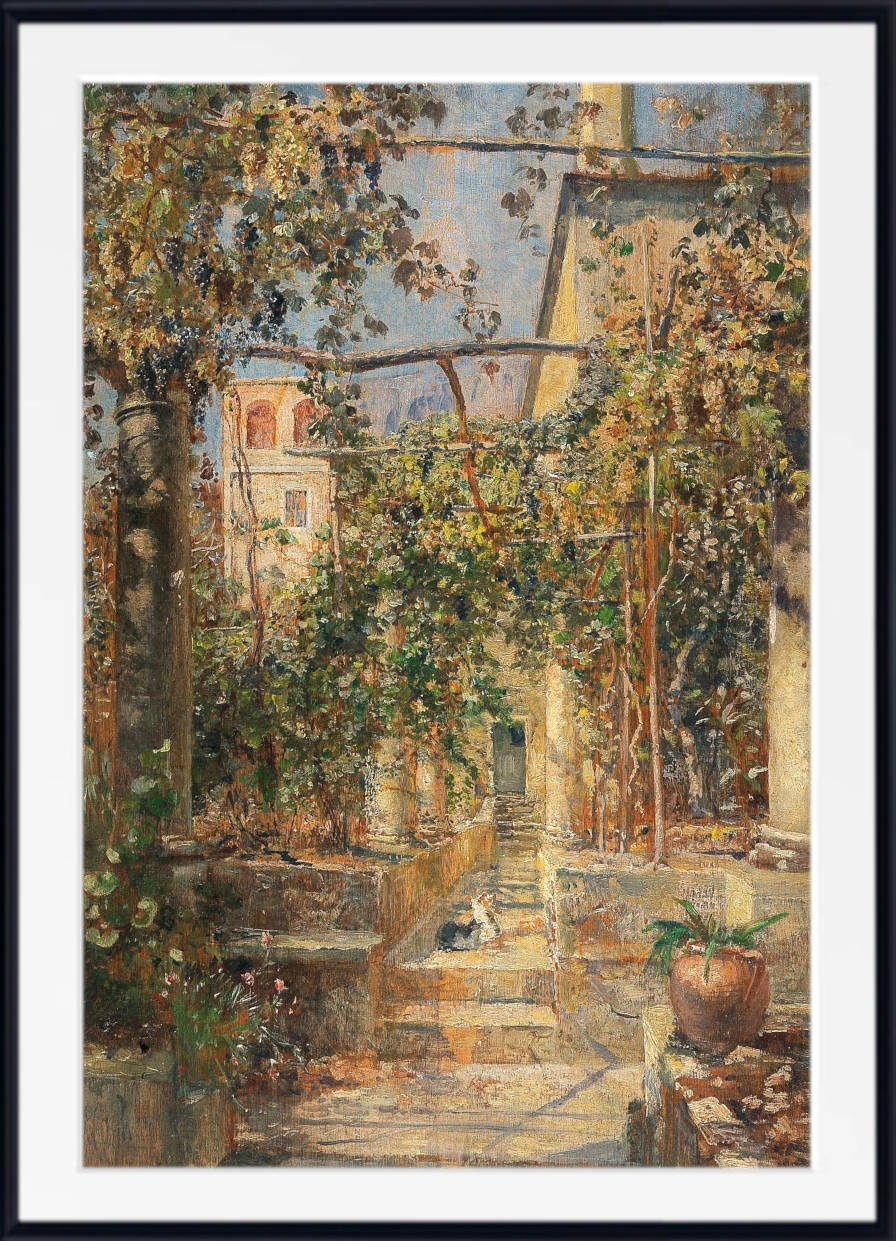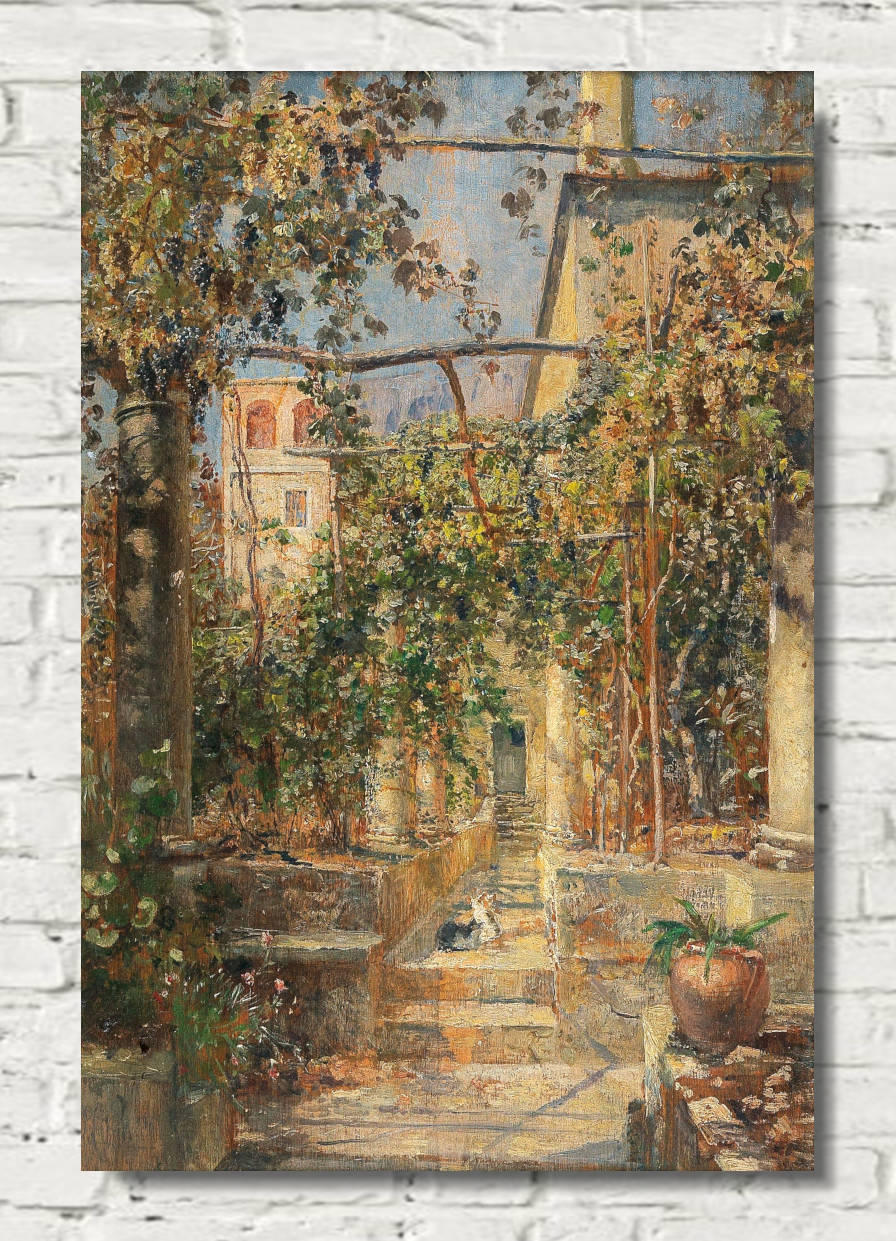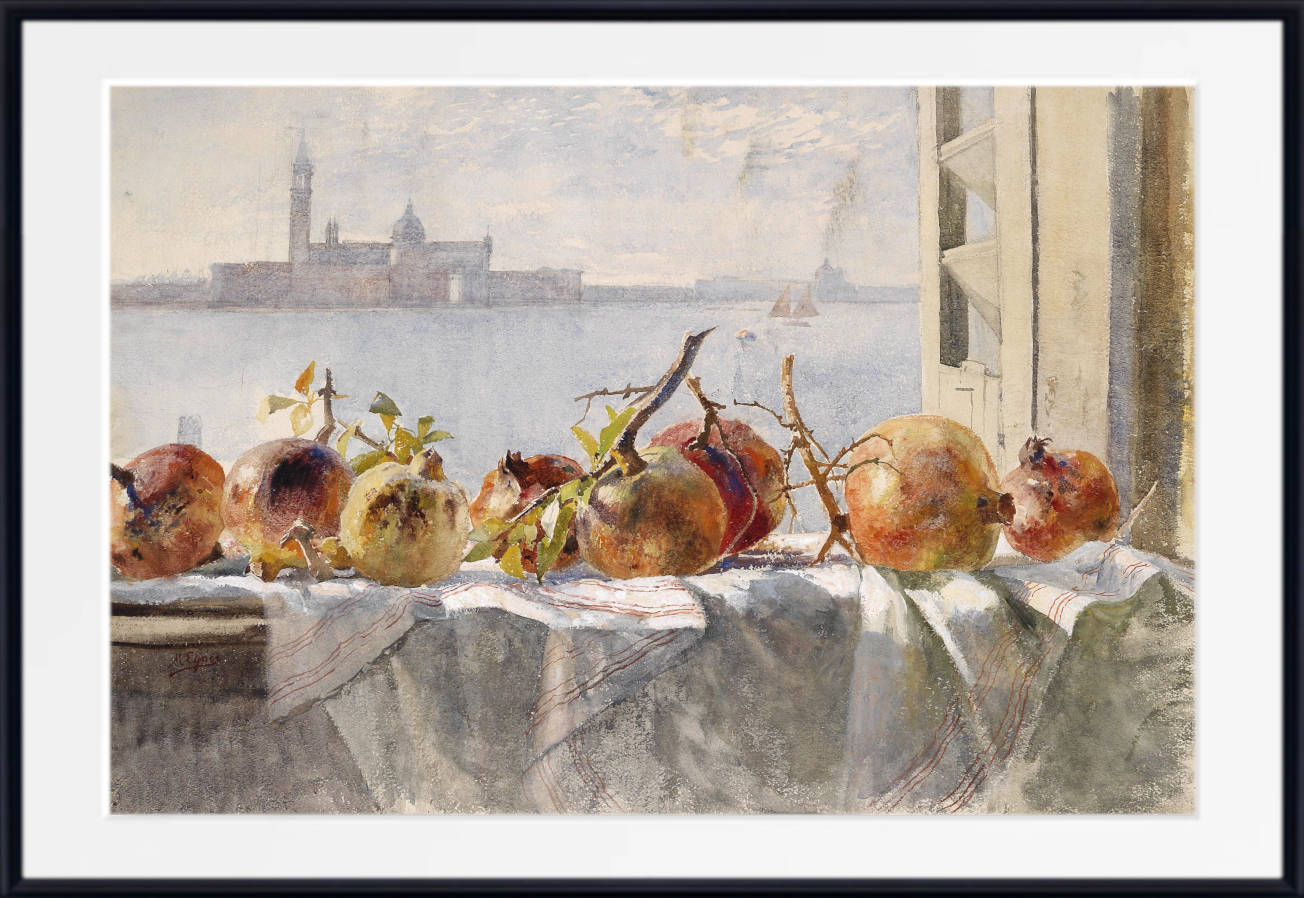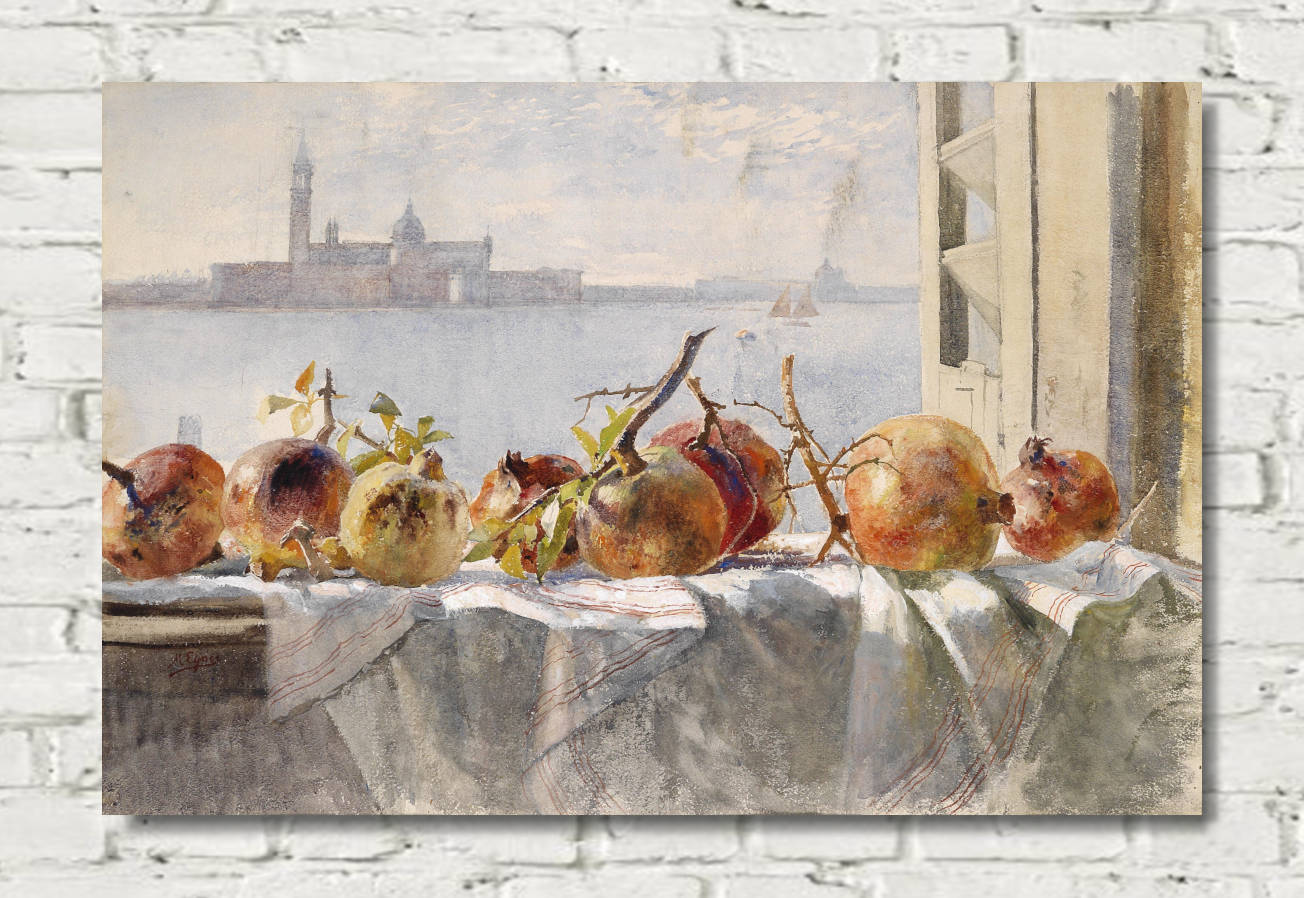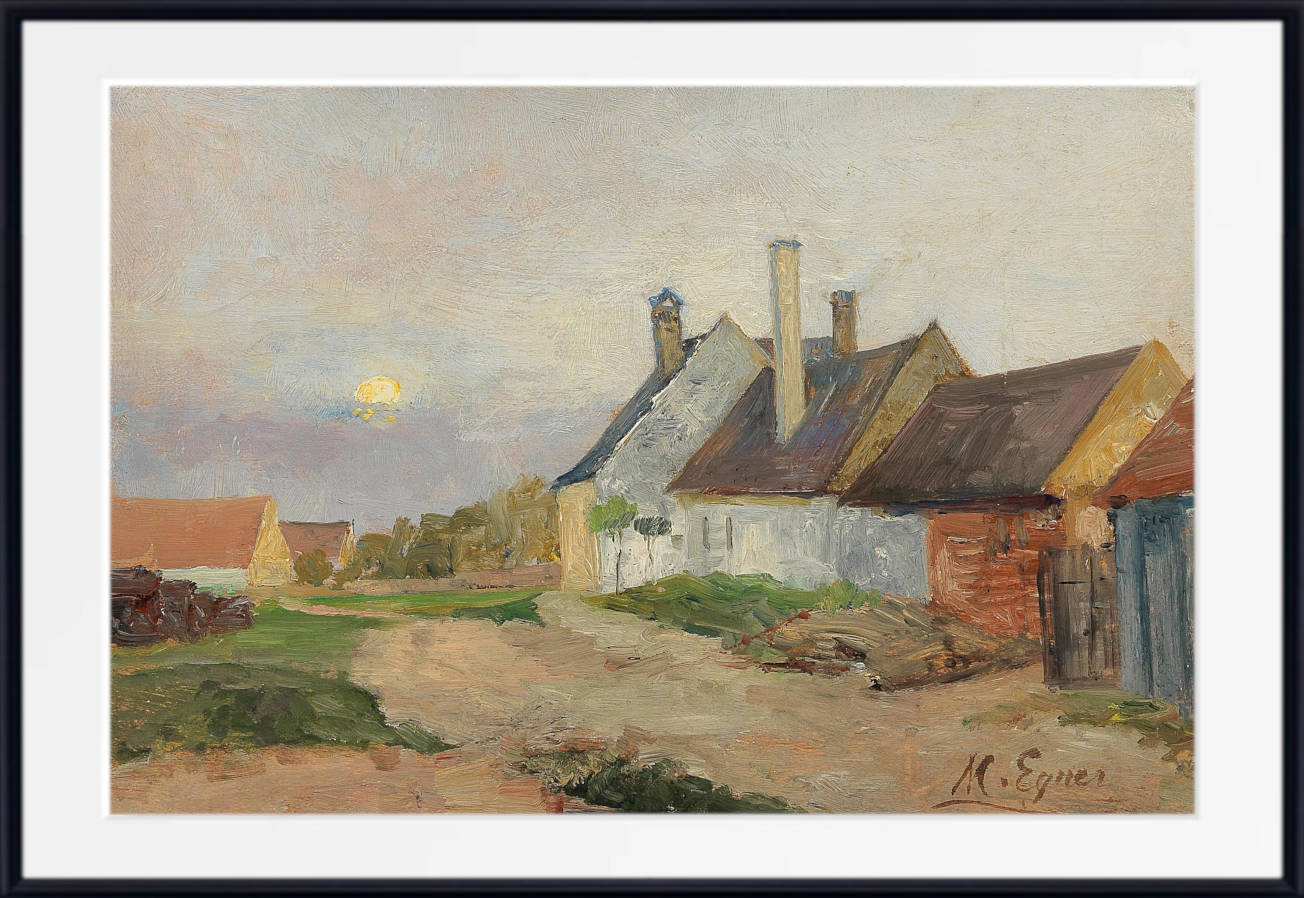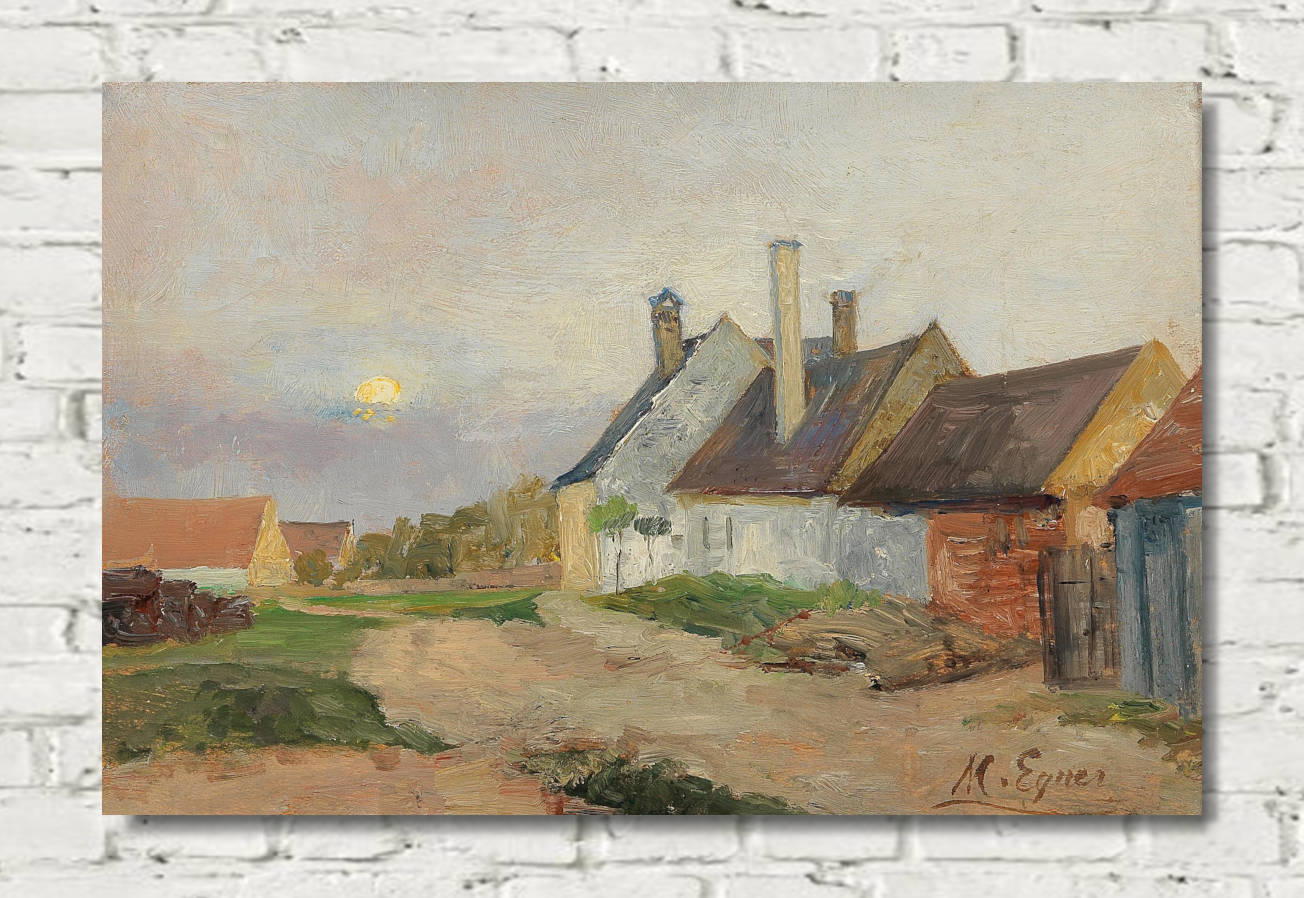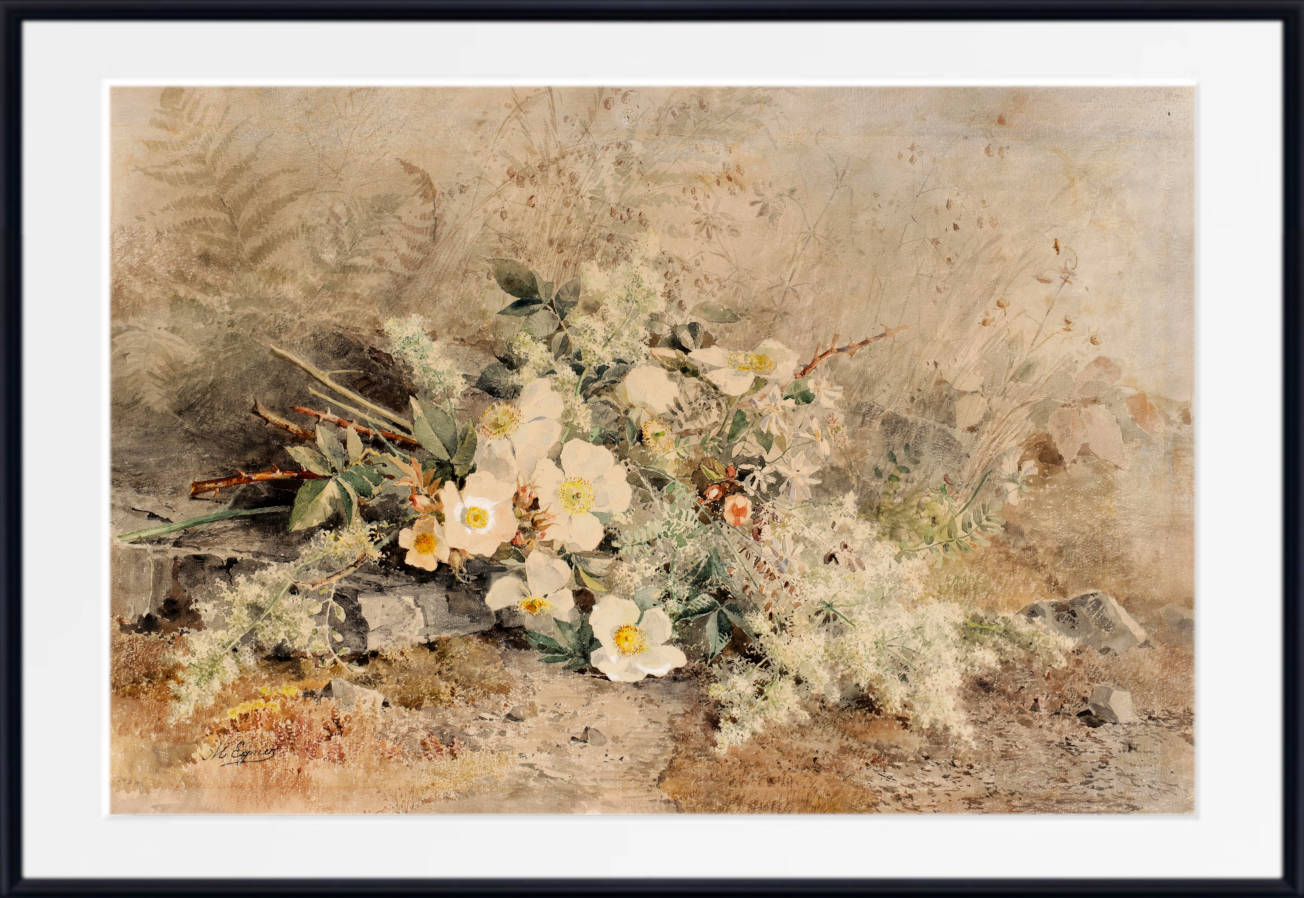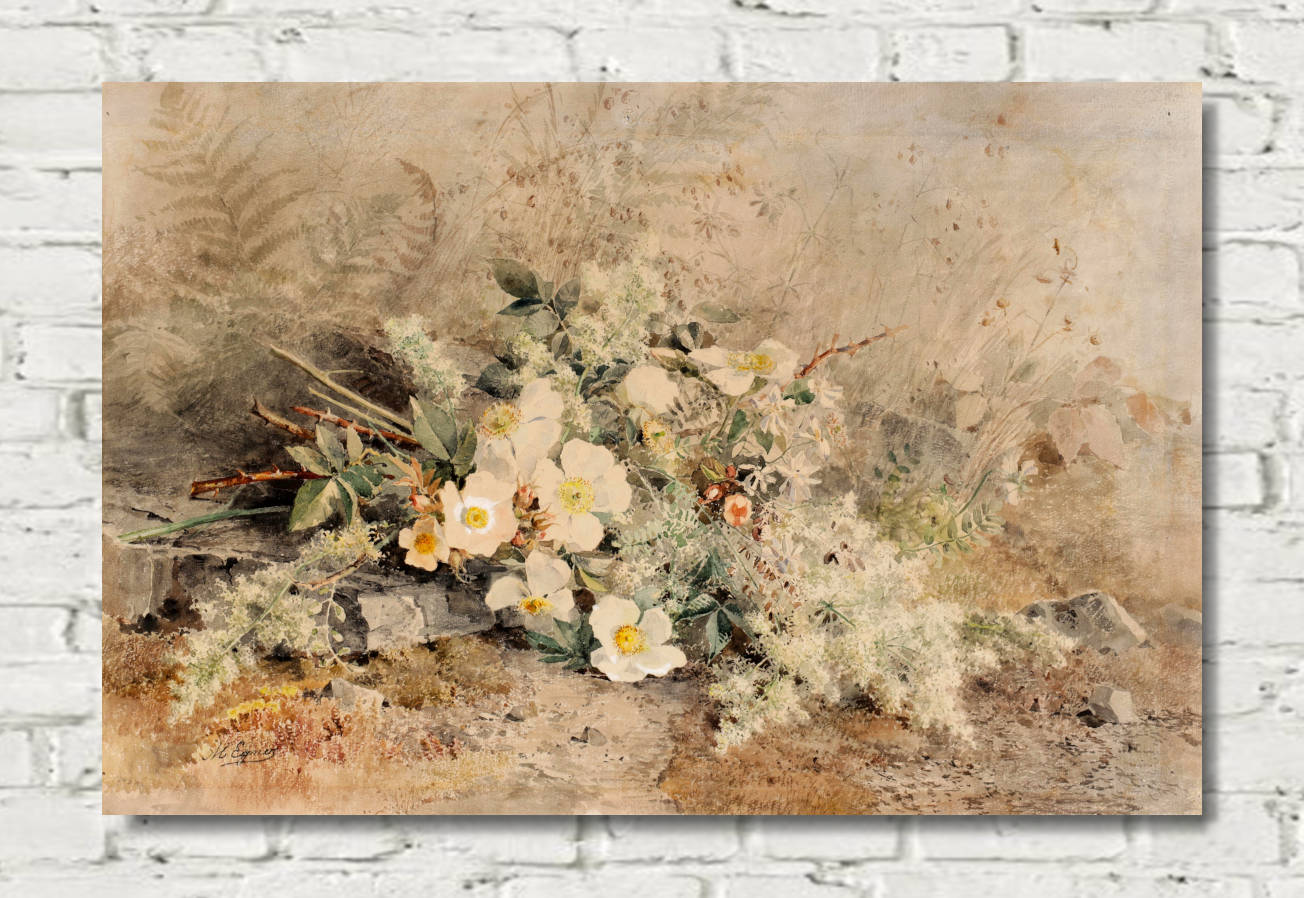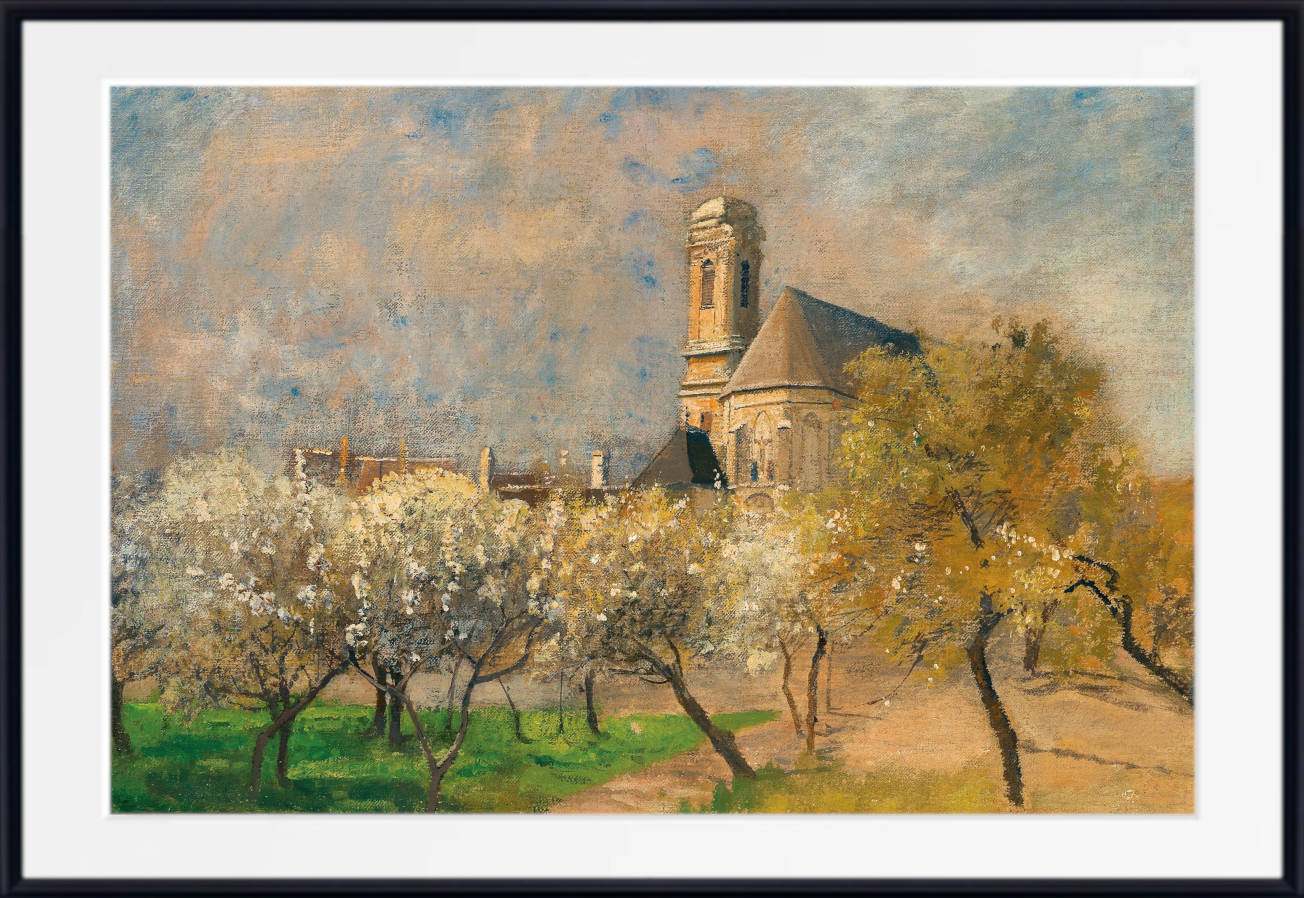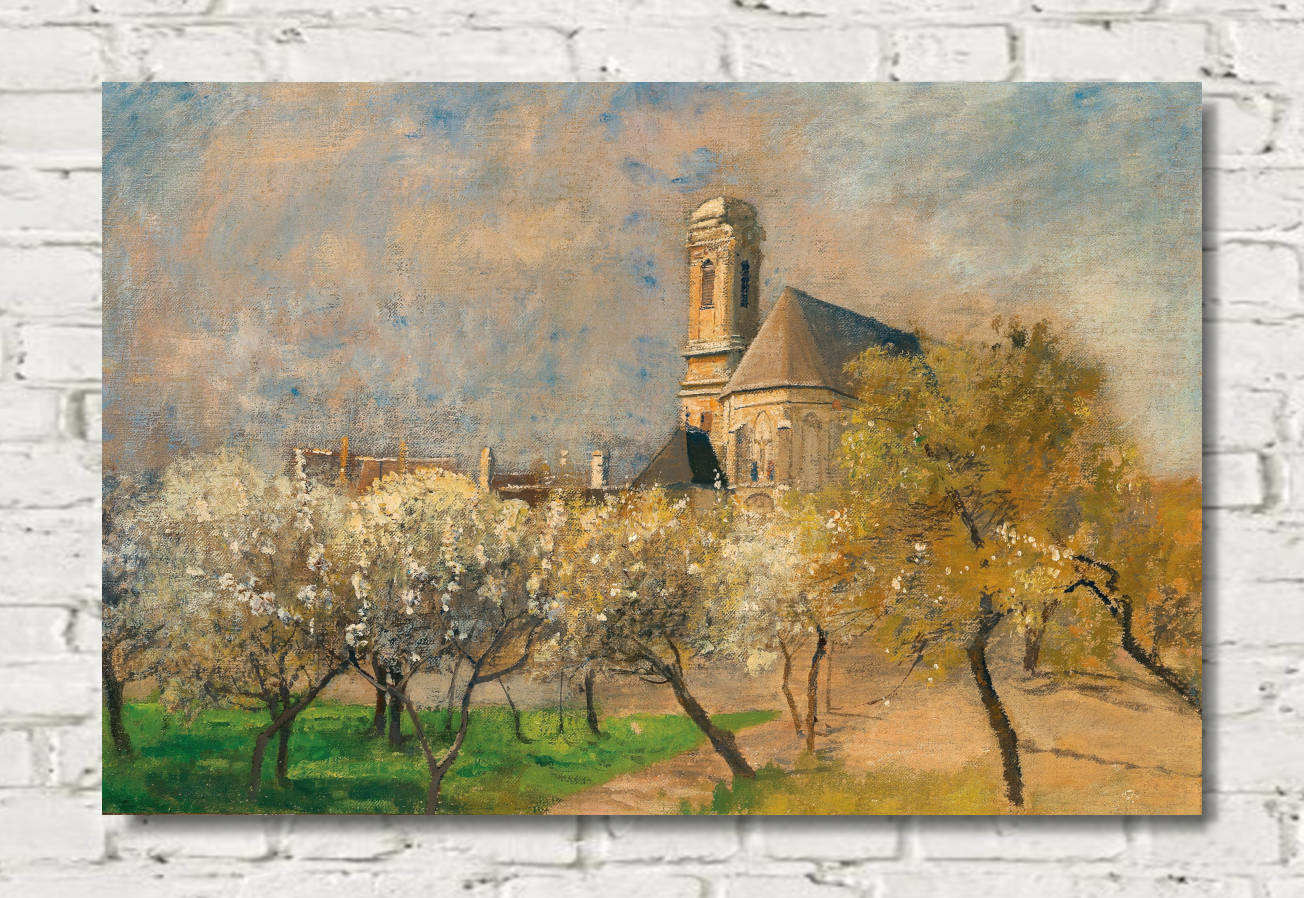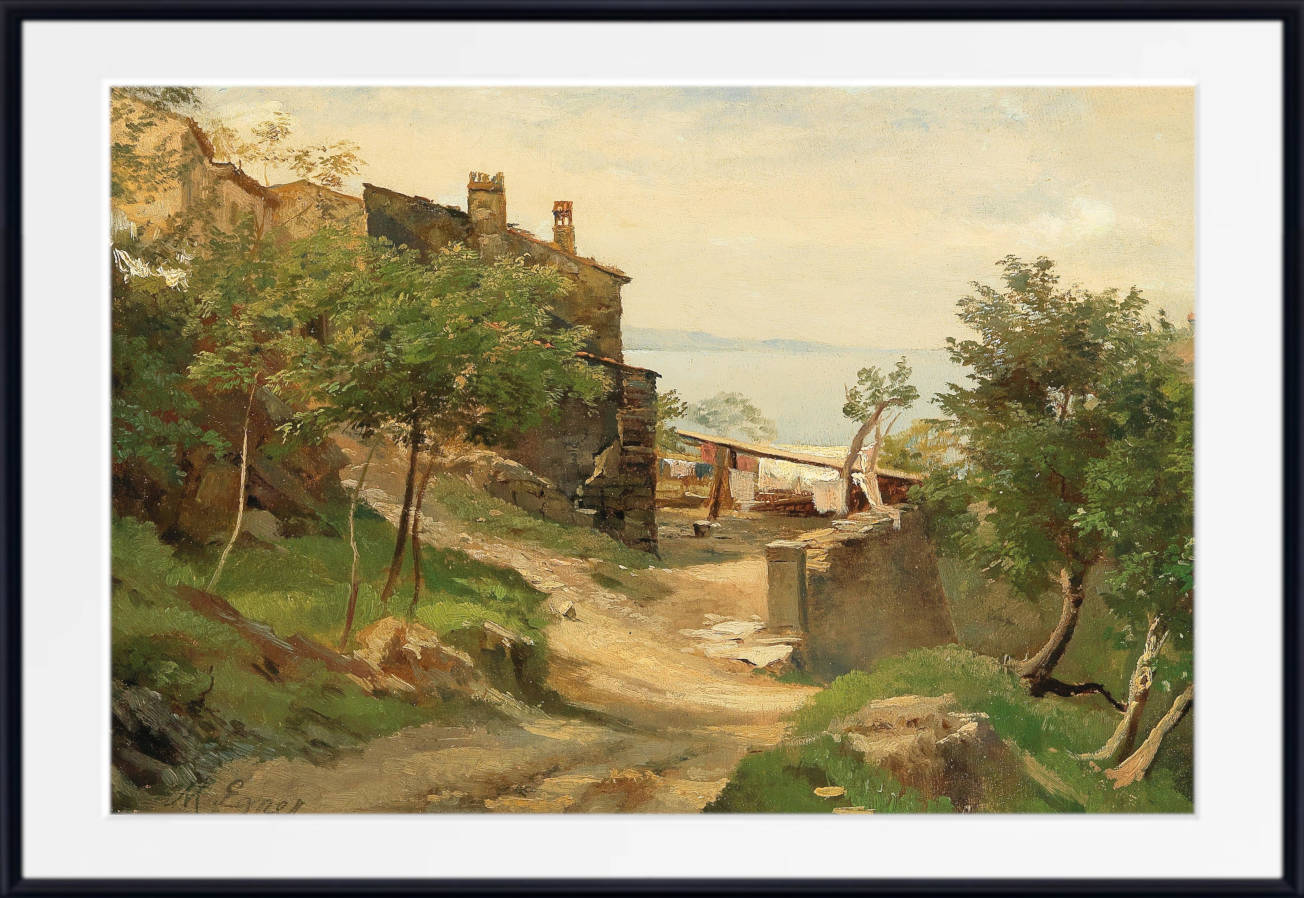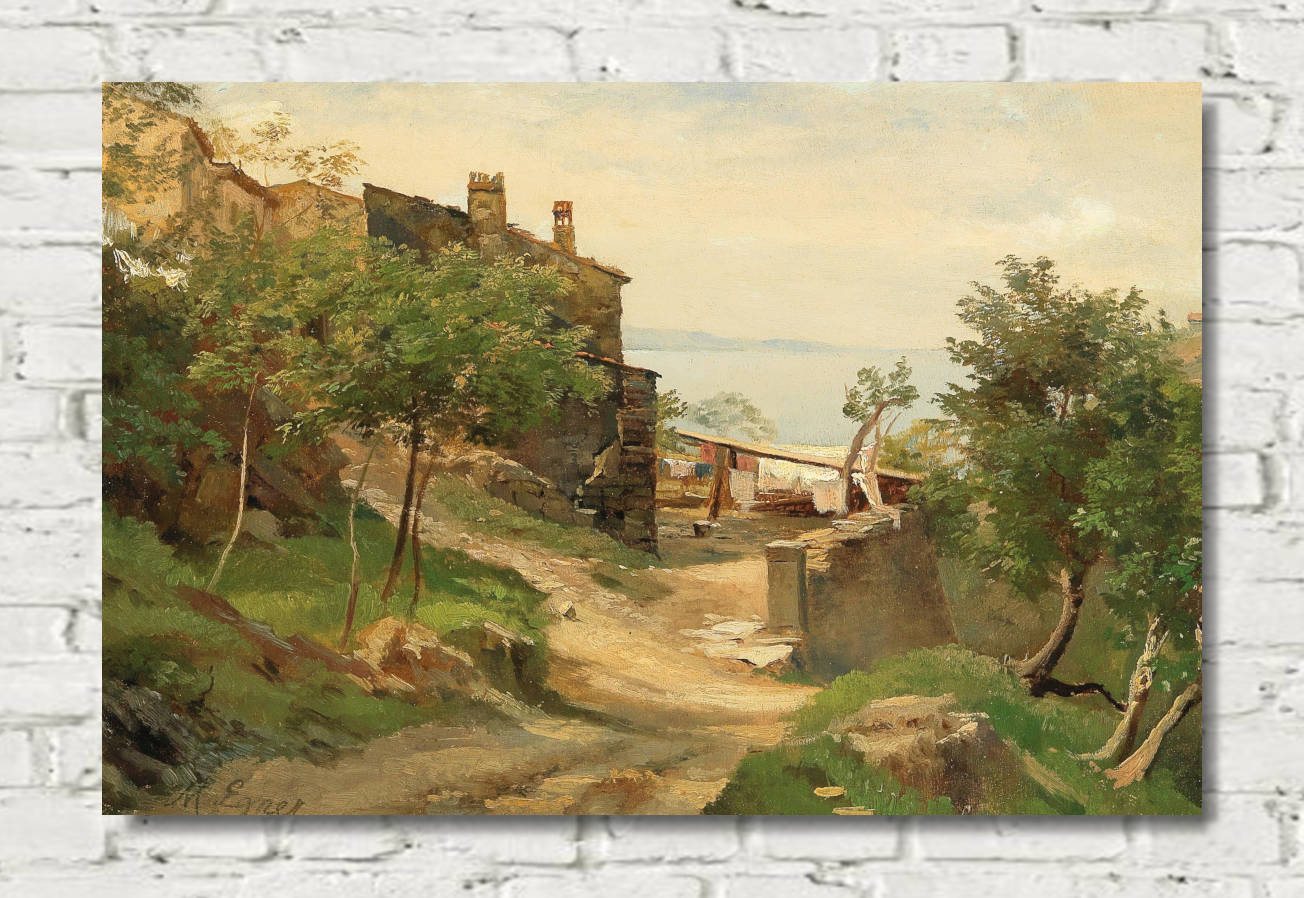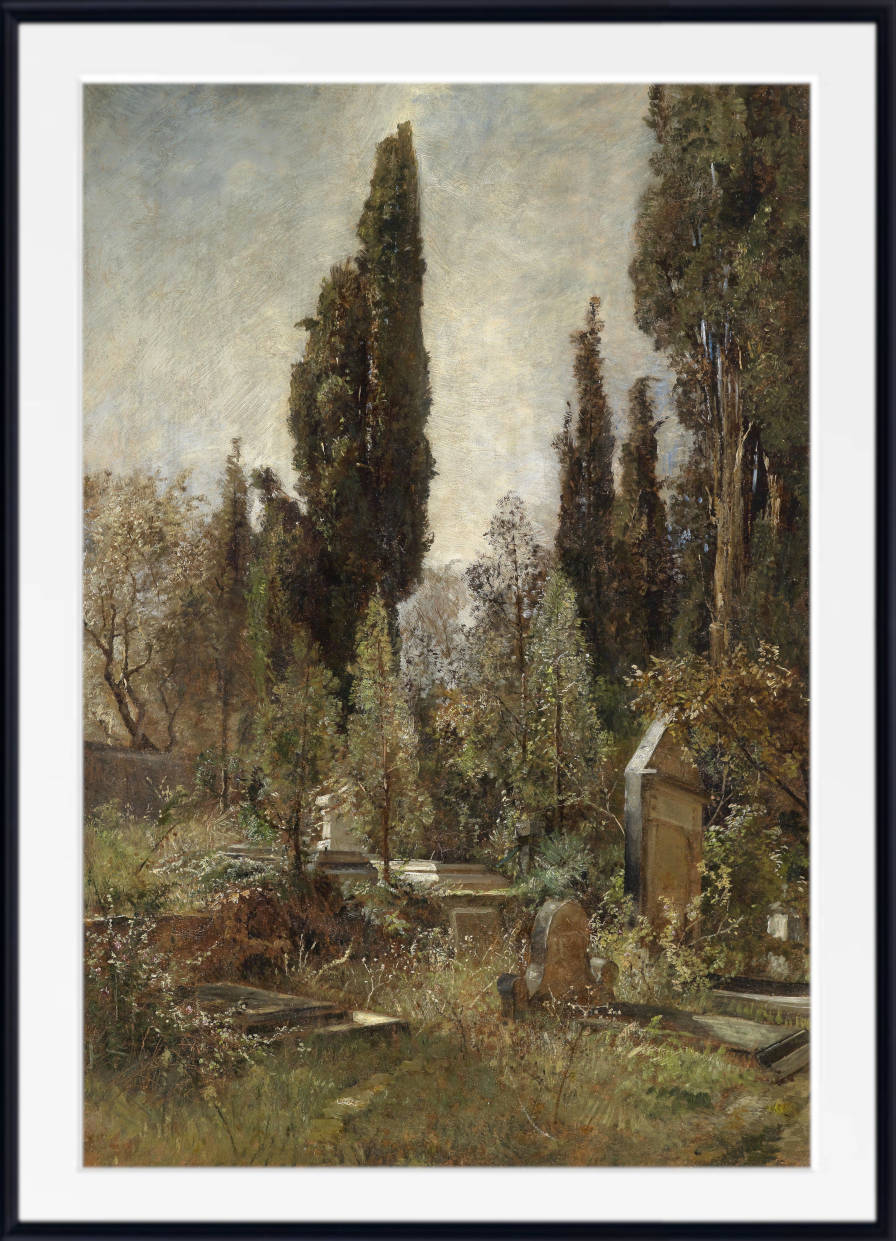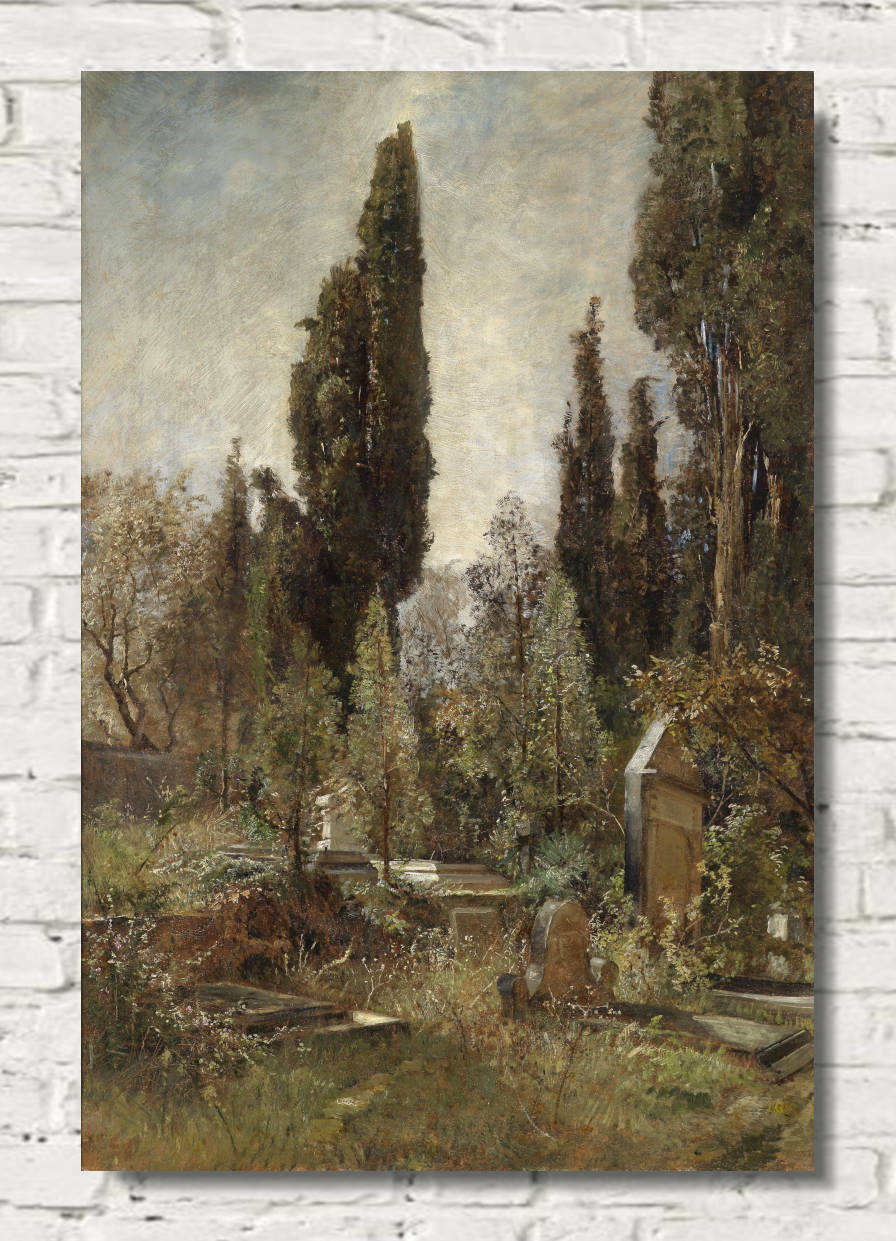Table of Contents:[hide]
Marie Egner (1850–1940) was an influential Austrian painter whose artistic legacy blends Impressionist techniques with a distinct Austrian flair. Celebrated for her landscapes and floral compositions, Egner’s works are treasured for their luminosity, technical precision, and emotive power. This article delves into her life, artistic journey, and notable paintings.
Early Life and Artistic Journey
Born in Radkersburg, Austria, Egner showed artistic promise early. She pursued formal art training in Graz and later moved to Düsseldorf, Germany, to study under Carl Jungheim, a prominent landscape painter. Upon returning to Vienna, Egner became deeply involved in the artistic community, attending the Vienna Academy of Fine Arts. Her exposure to Impressionism during her travels profoundly influenced her style, infusing her work with light, vibrant colors, and intricate details.
Egner was also a key figure in promoting women in the arts, teaching painting to women and advocating for their inclusion in the male-dominated art scene. She participated in several exhibitions, including the Vienna Secession, where her works garnered critical acclaim.
Famous Artworks
Marie Egner’s oeuvre is a testament to her mastery of light, color, and emotion. Here are four of her most celebrated works:
1. View to the Mainzer Hütte, Hohen Tauern with Großen Wiesbachhorn in the Background
This breathtaking landscape captures the serene beauty of the Austrian Alps. The painting’s delicate interplay of sunlight and shadows highlights the rugged peaks of the Großen Wiesbachhorn, while the Mainzer Hütte nestles amid verdant meadows. Egner’s meticulous attention to detail brings the majesty of the mountains to life, evoking a sense of awe and tranquility.
2. Vorgarten mit blühenden Stockrosen
Translated as Front Garden with Blooming Hollyhocks, this piece is a celebration of natural beauty. Vibrant hollyhocks sway gently against a cottage backdrop, bathed in warm sunlight. Egner’s mastery of color and texture imbues the flowers with a lifelike quality, creating a scene brimming with vitality and charm.
3. Old Mill in Gastein
Set in the idyllic Austrian countryside, this painting depicts a rustic mill surrounded by lush greenery. Egner’s use of soft brushstrokes and muted tones lends the piece a nostalgic, dreamlike quality. The mill, a symbol of Austria’s rural heritage, becomes a focal point, inviting viewers to pause and reflect on simpler times.
4. A Flower Lover on a Sunny Terrace
This intimate scene features a solitary figure surrounded by blooming flowers on a sunlit terrace. The painting captures a moment of quiet contemplation, as the figure seems lost in thought. Egner’s skillful handling of light creates a harmonious balance between the vibrant blooms and the tranquil atmosphere, showcasing her ability to merge human presence with nature seamlessly.
Legacy and Influence
Marie Egner’s work remains a cornerstone of Austrian Impressionism. Her paintings are celebrated not only for their aesthetic appeal but also for their ability to capture the essence of Austria’s landscapes and cultural heritage. Today, her art is exhibited in prestigious galleries and continues to inspire a new generation of artists.
References
- "Marie Egner: Austrian Women Artists," Austrian Art Journal
- "Landscapes of Light: The Paintings of Marie Egner," Vienna Art Review
- Museum Collection: Vienna Secession Archives
- Exhibition Catalog: "Women in Impressionism," Kunsthistorisches Museum






